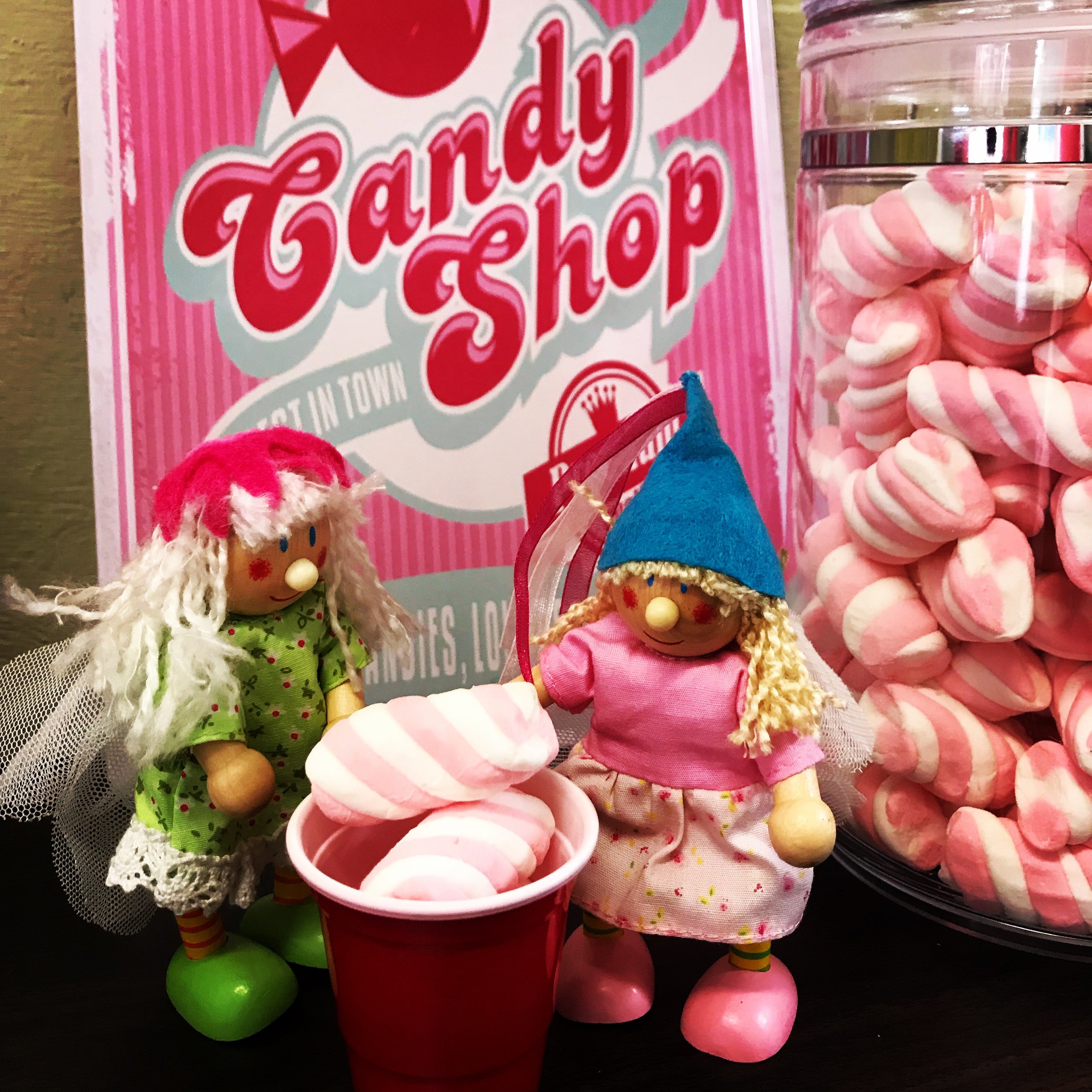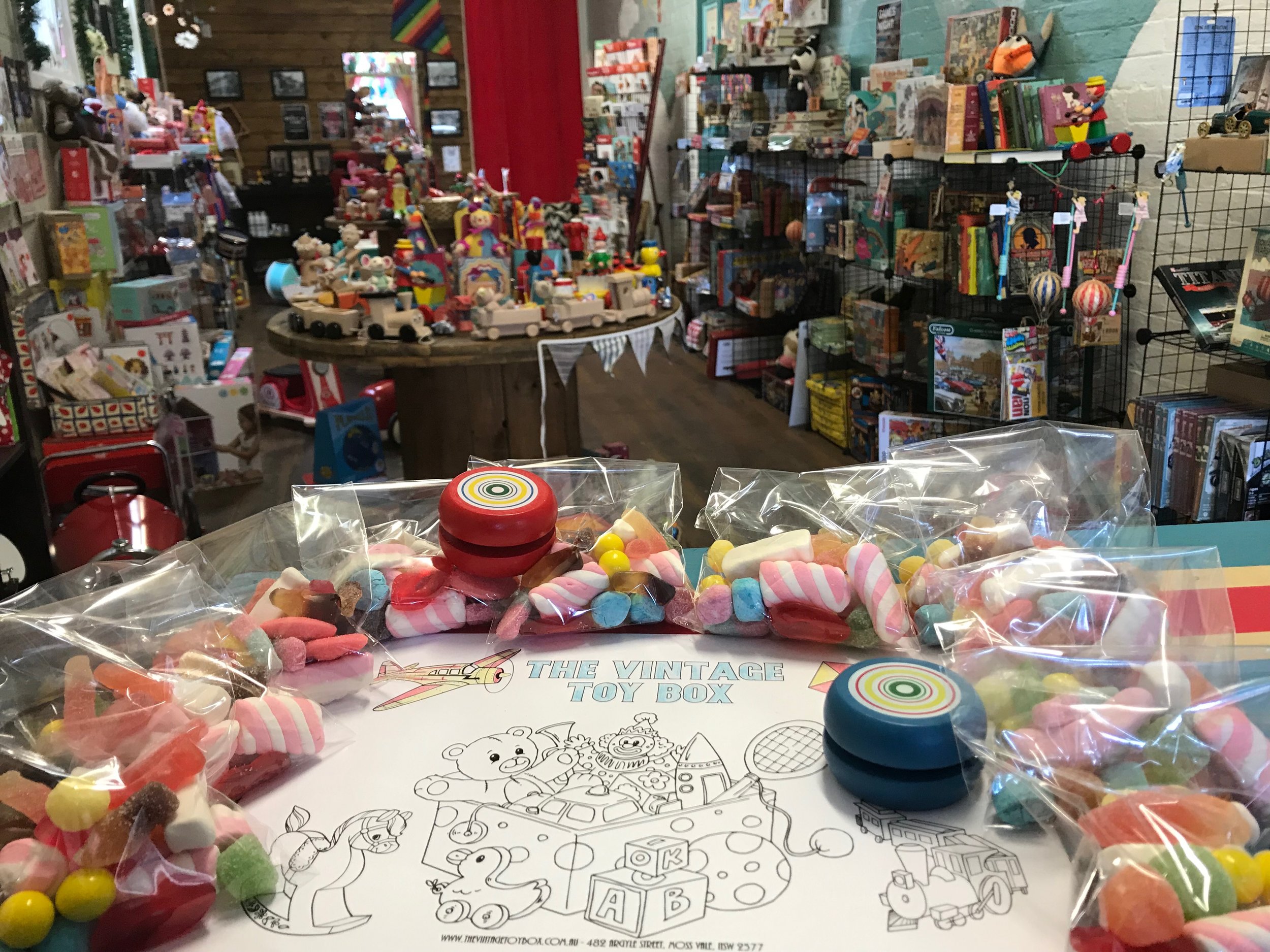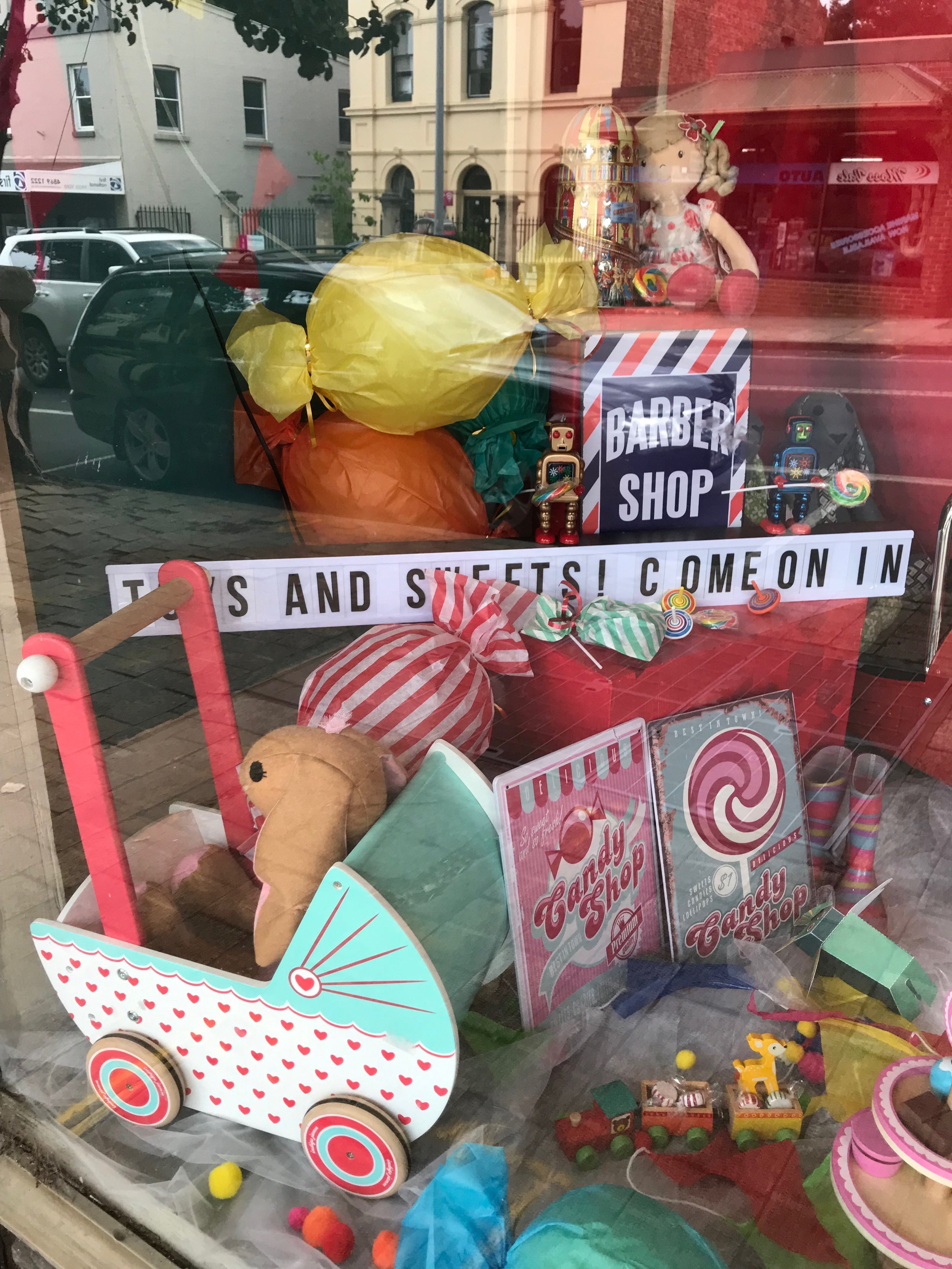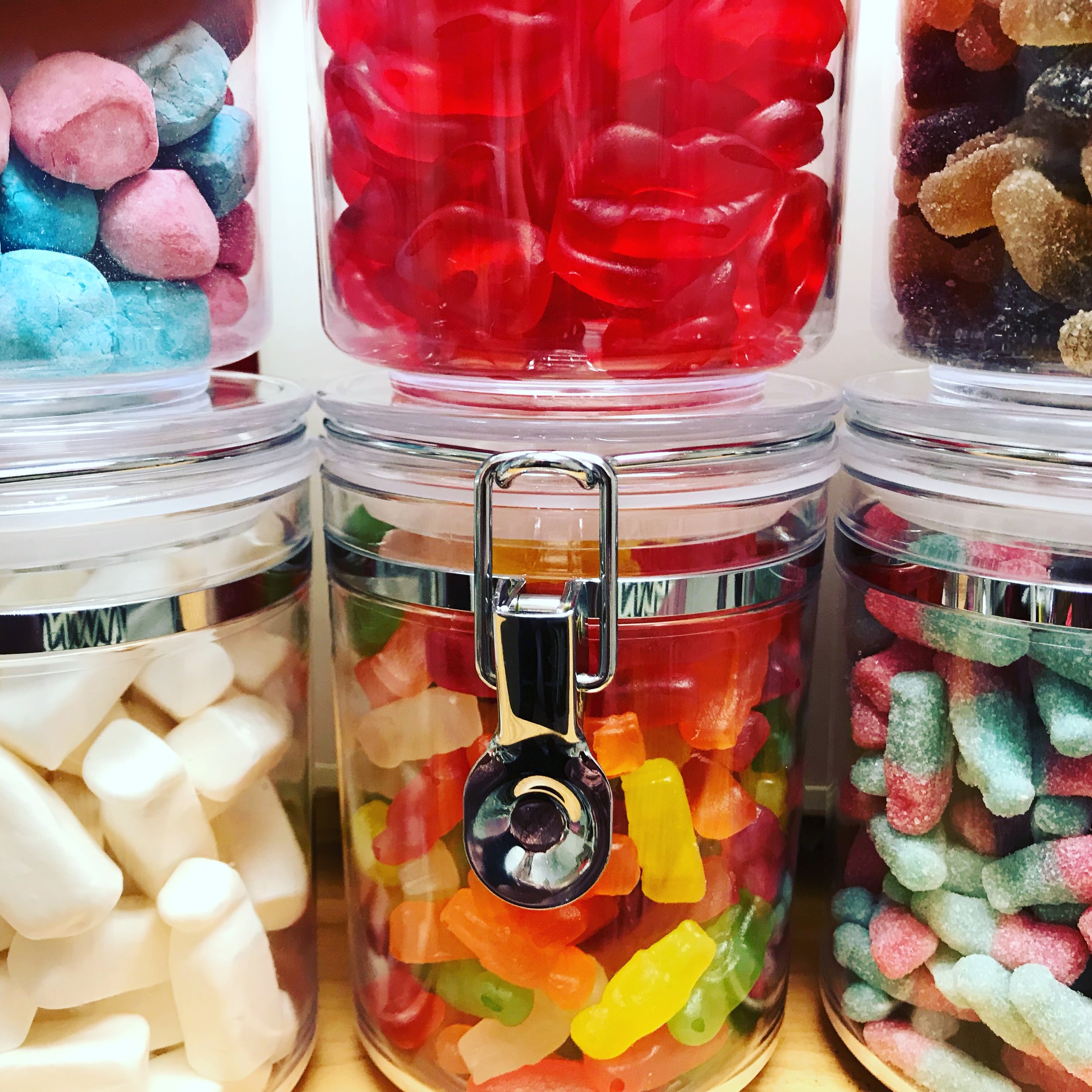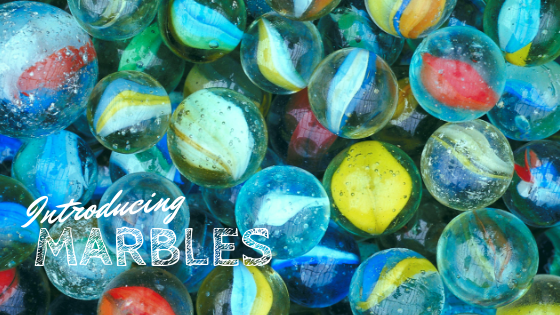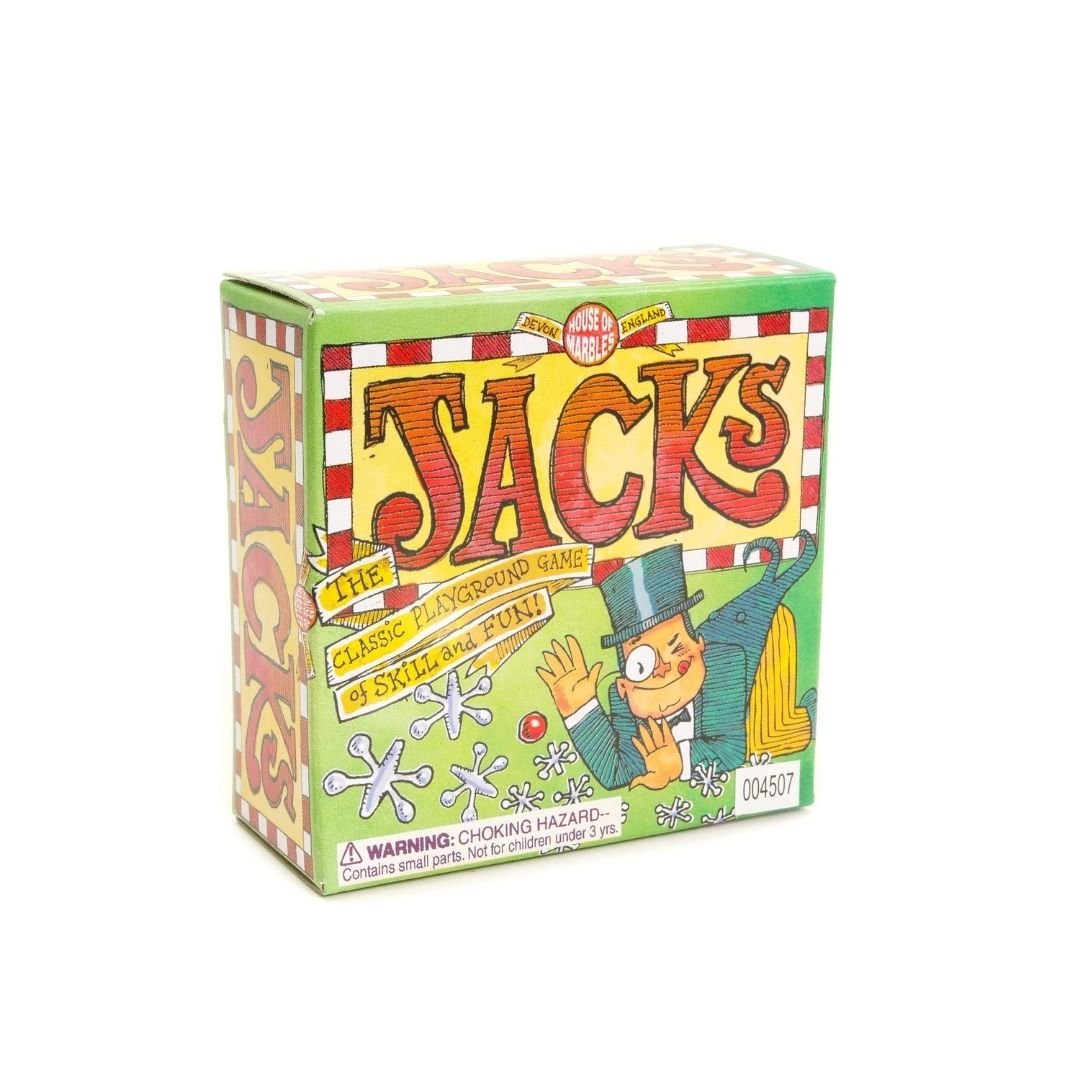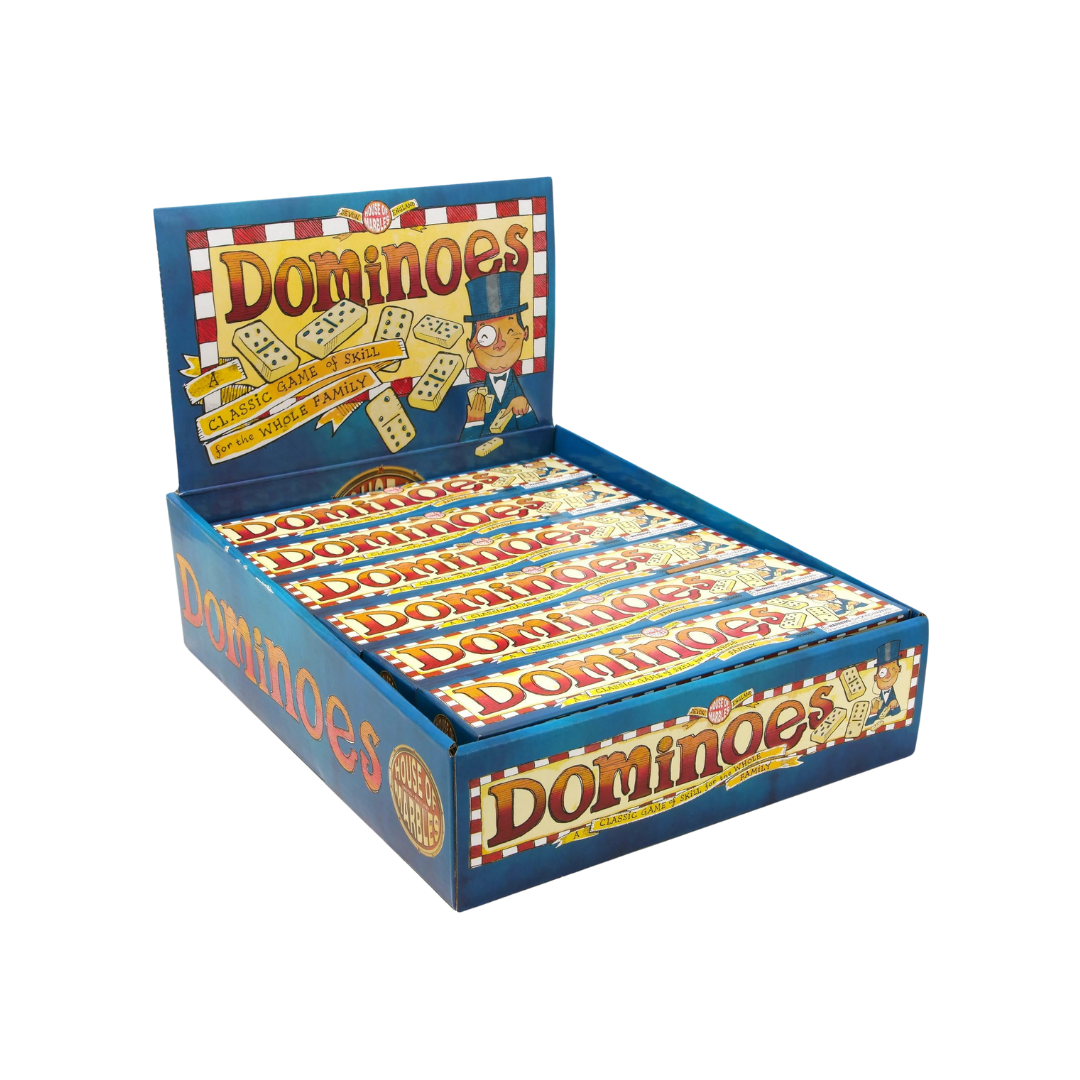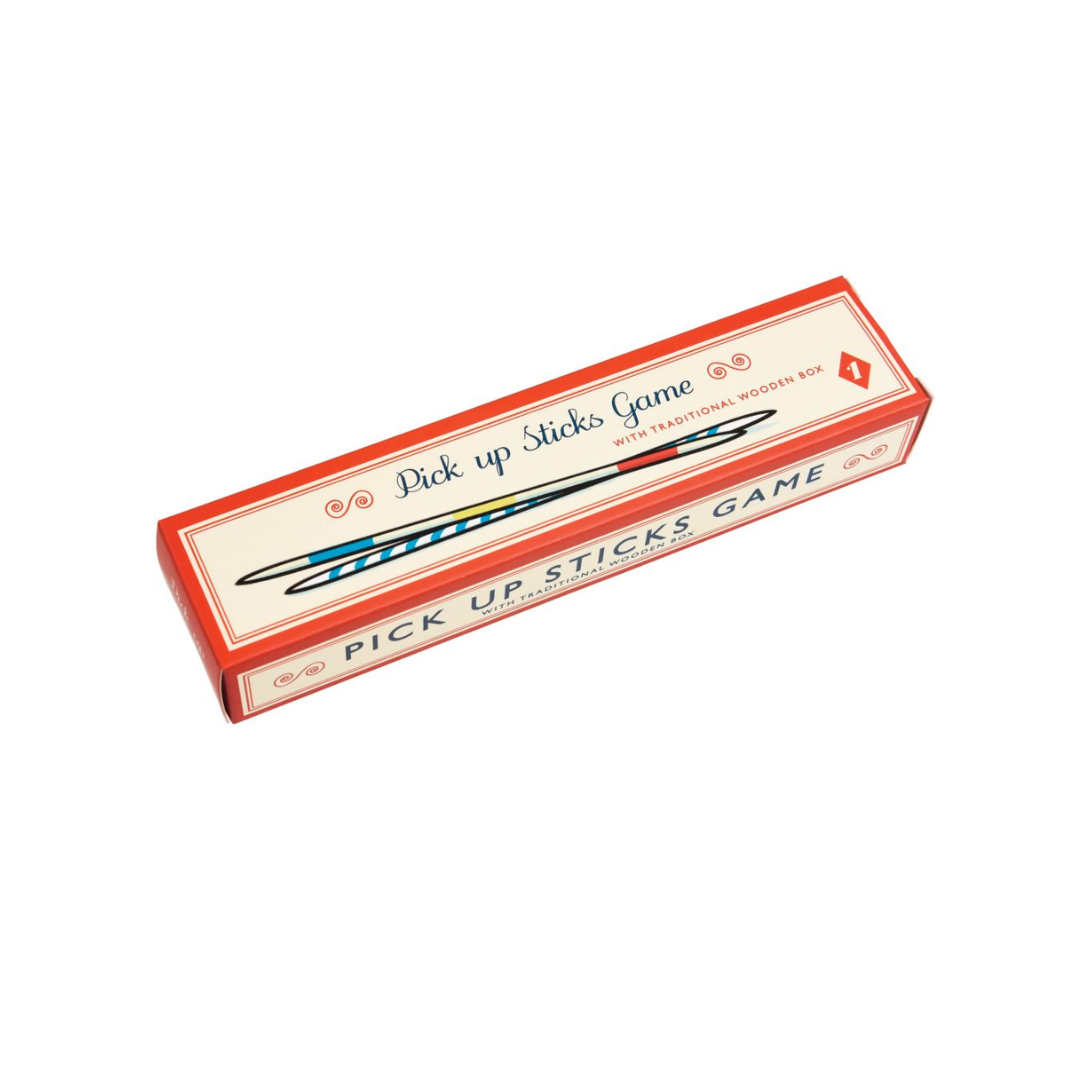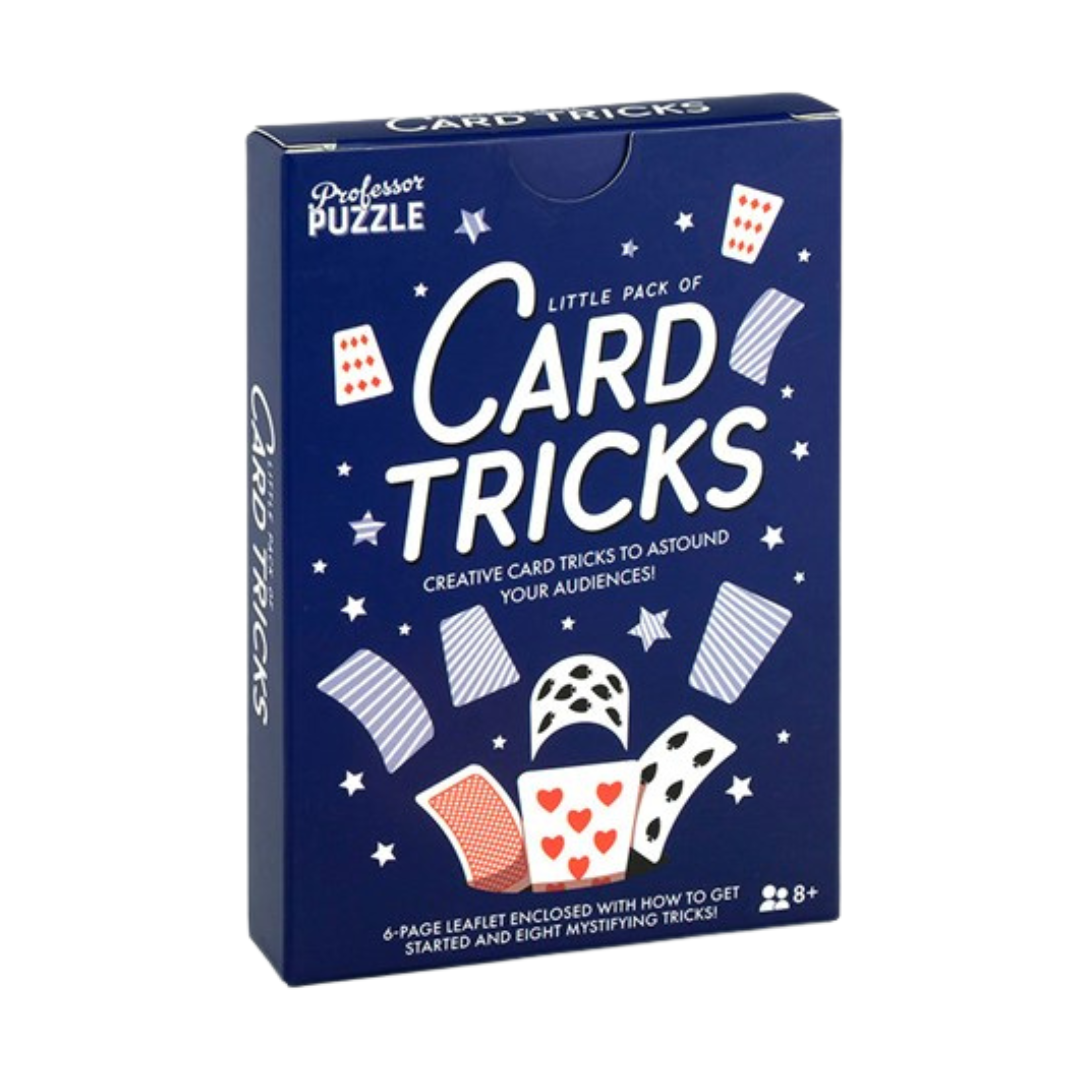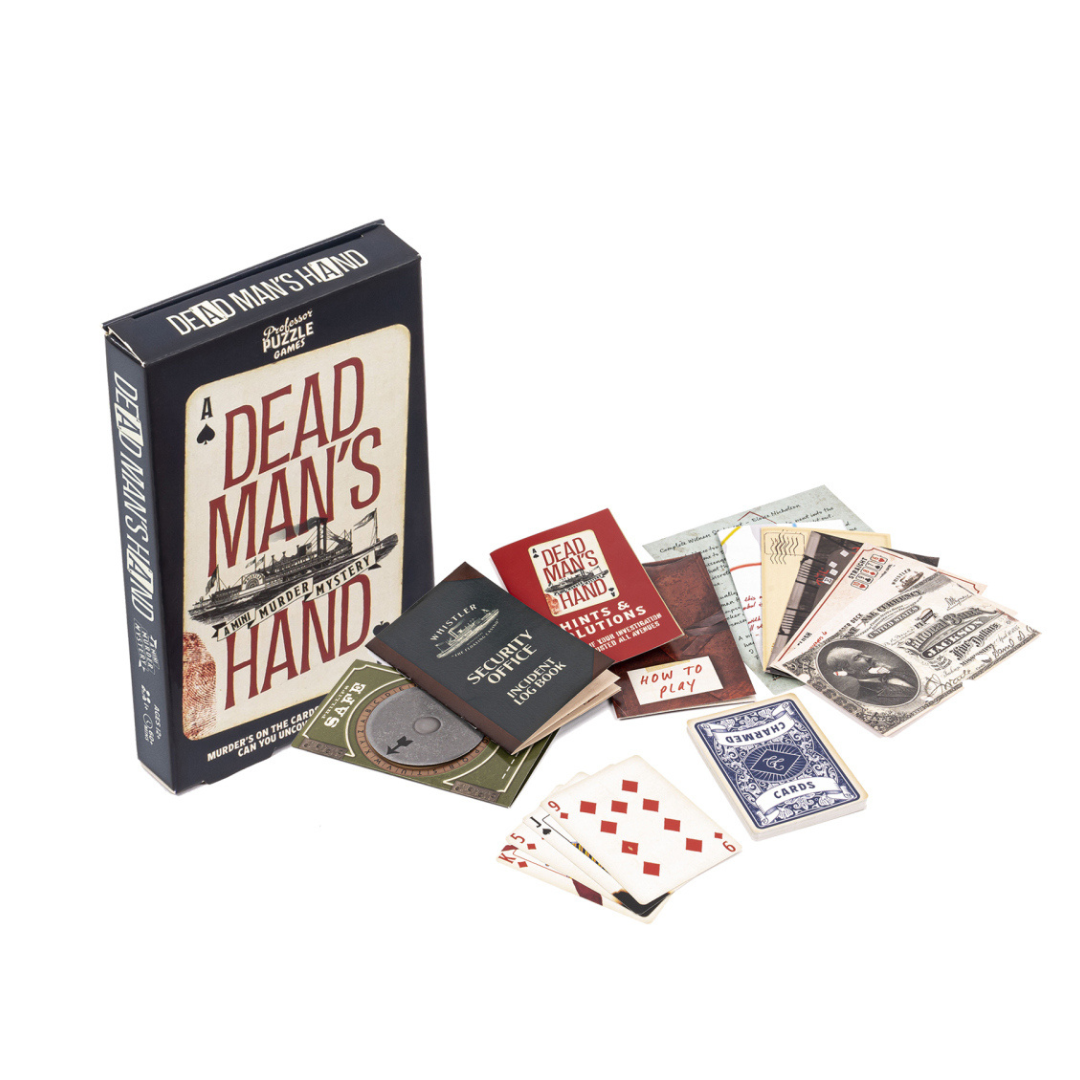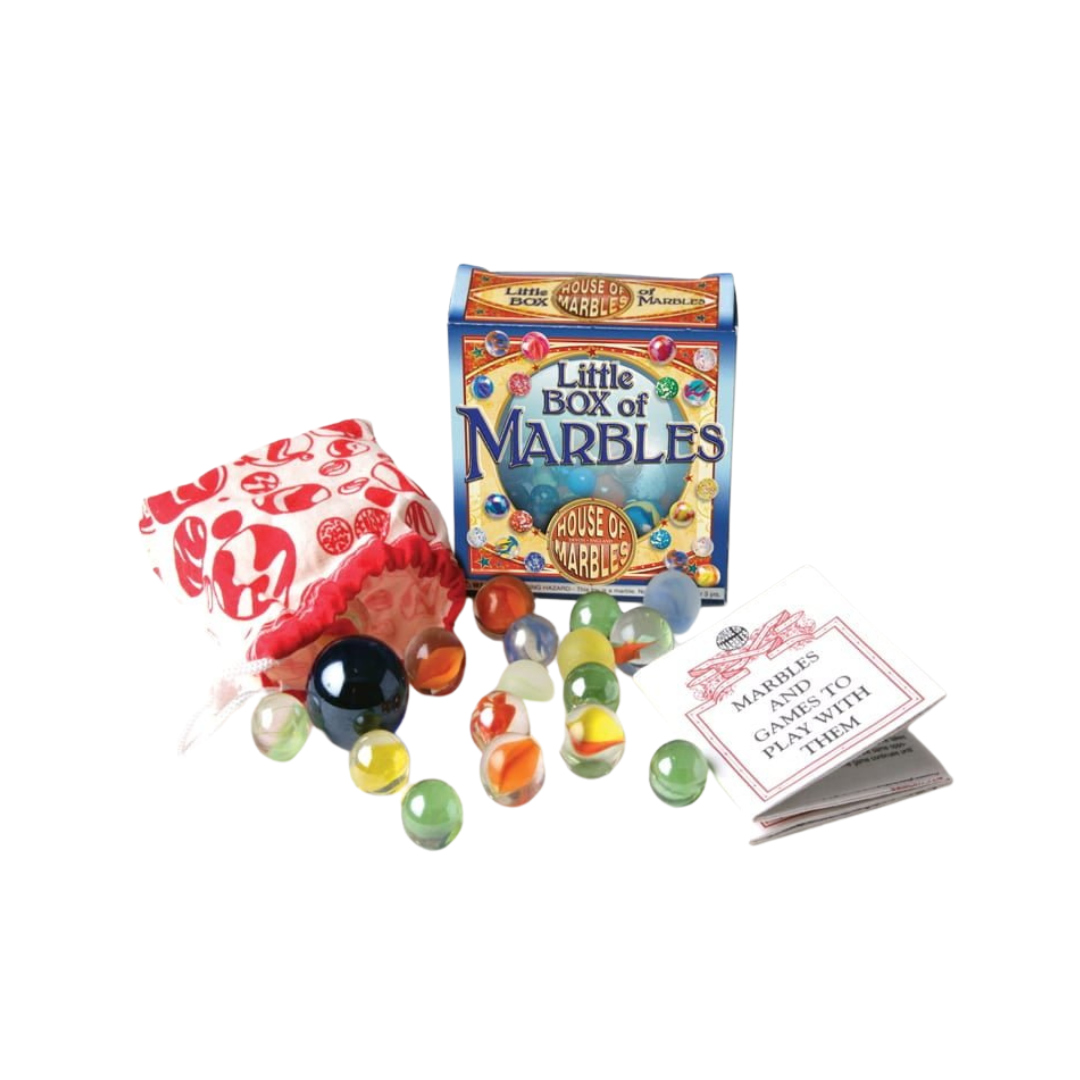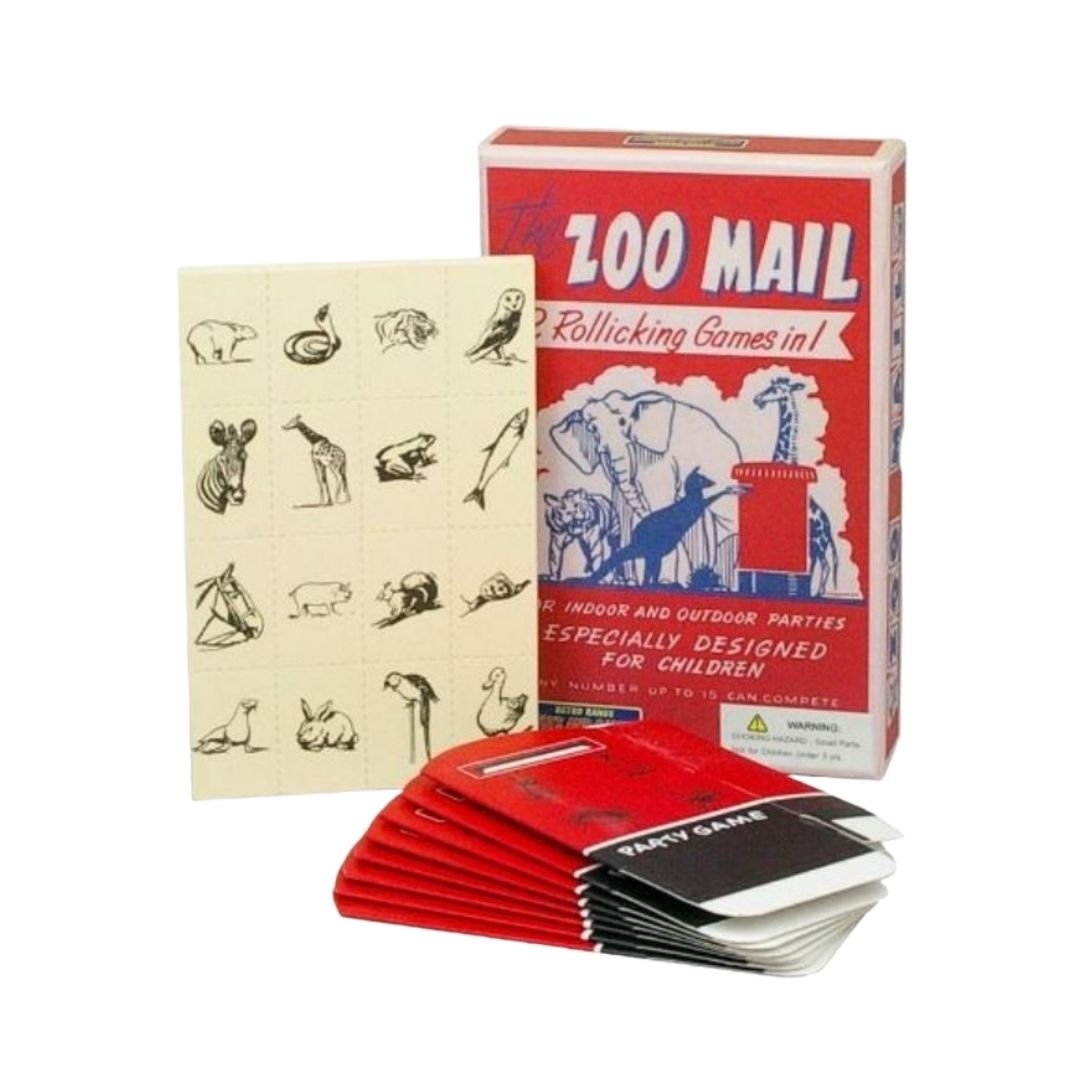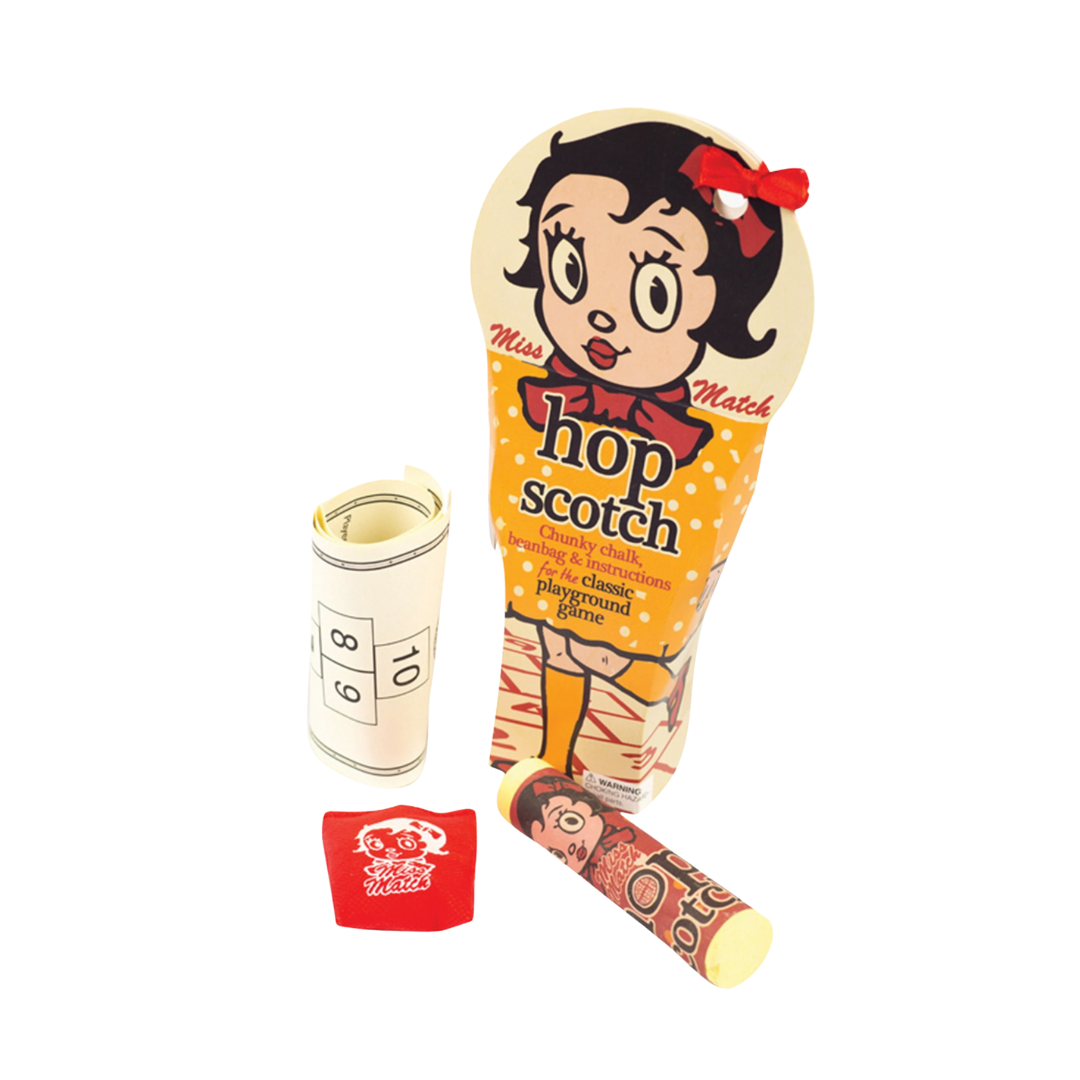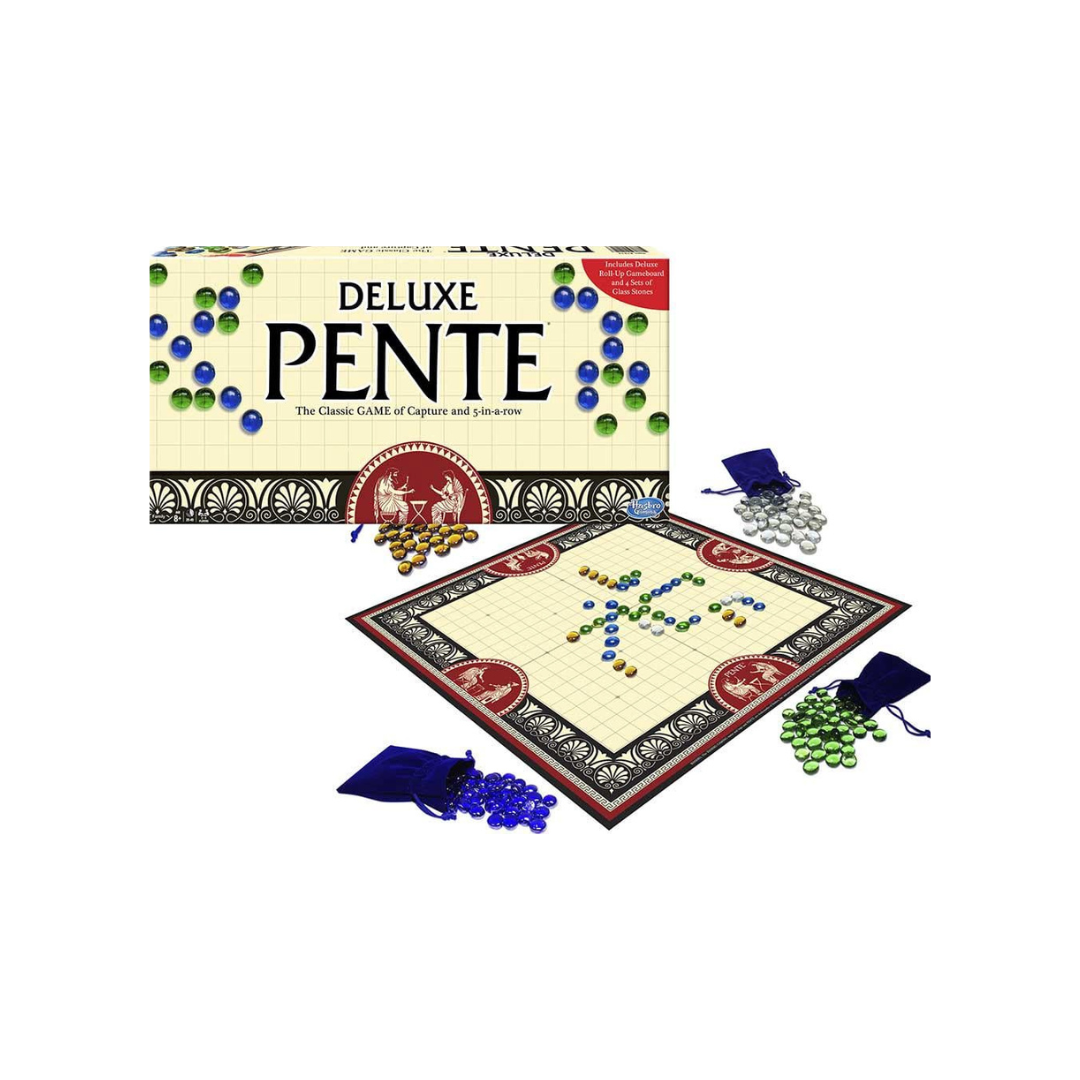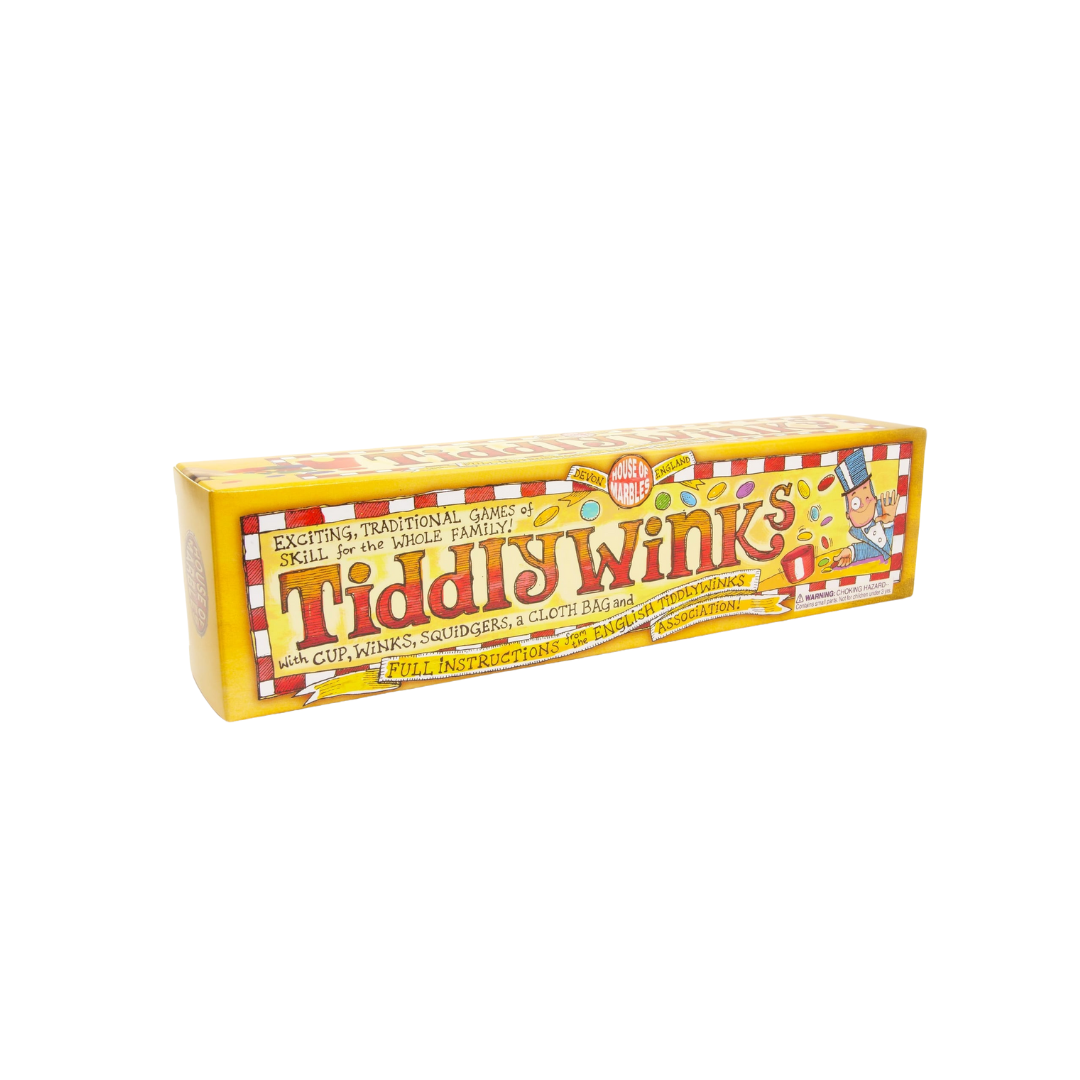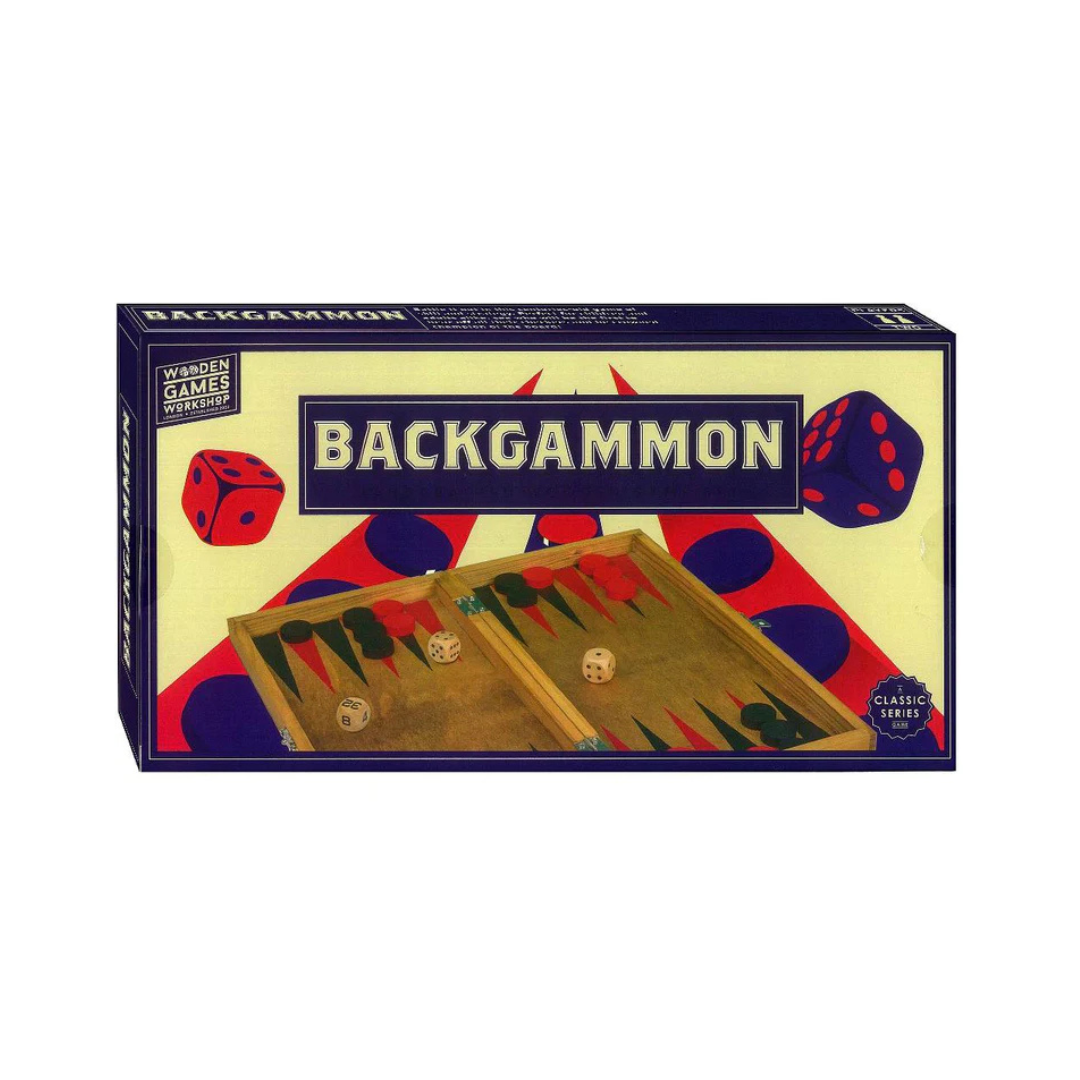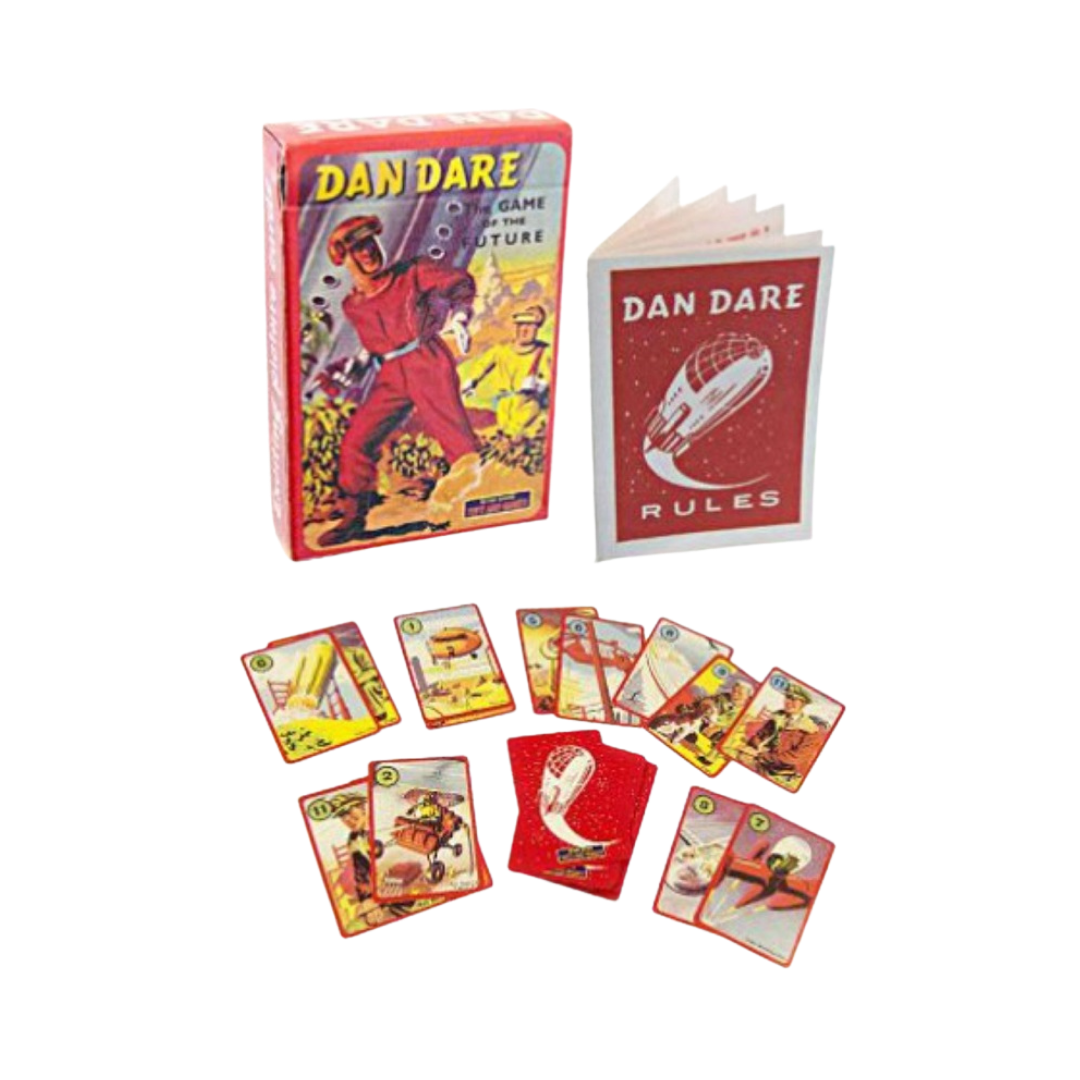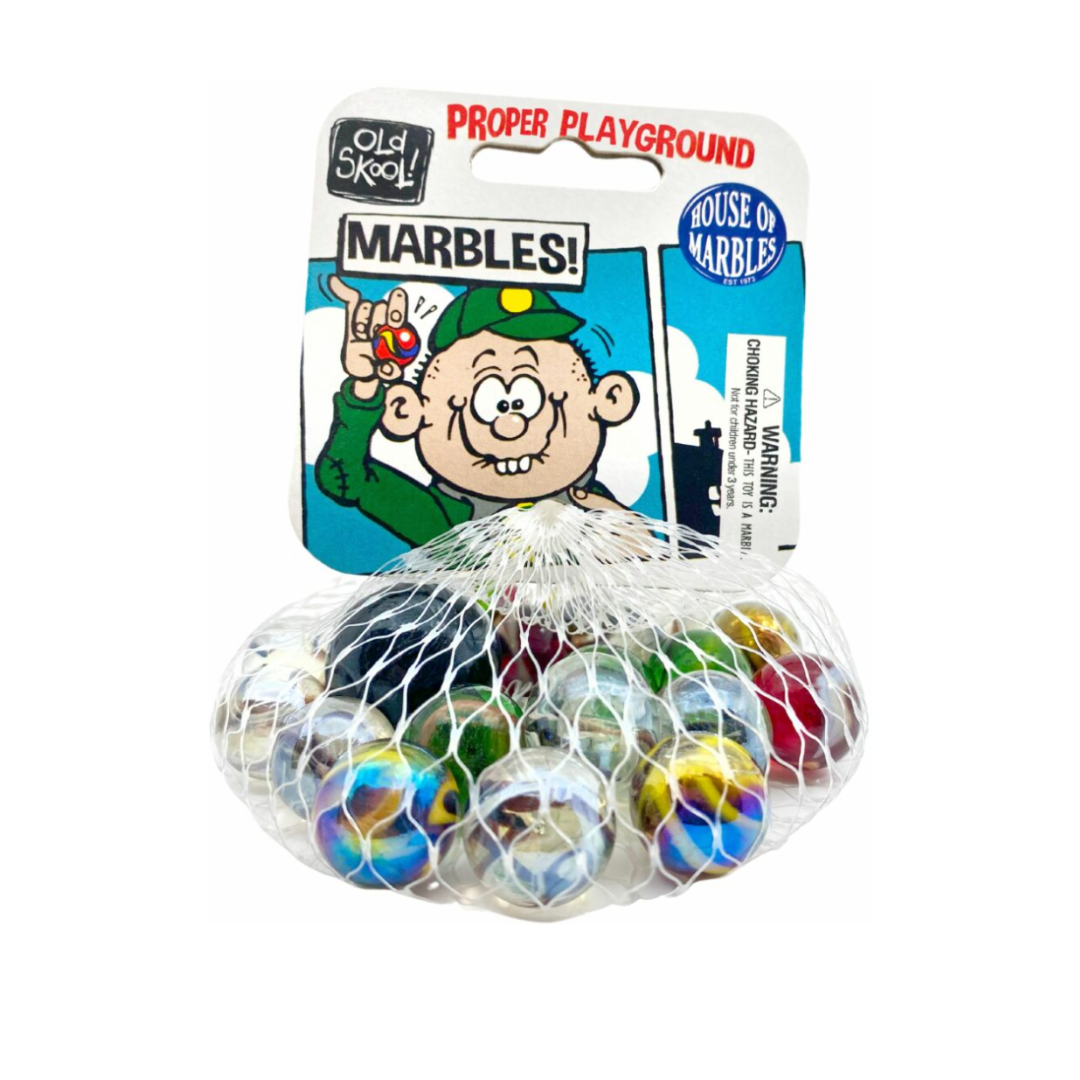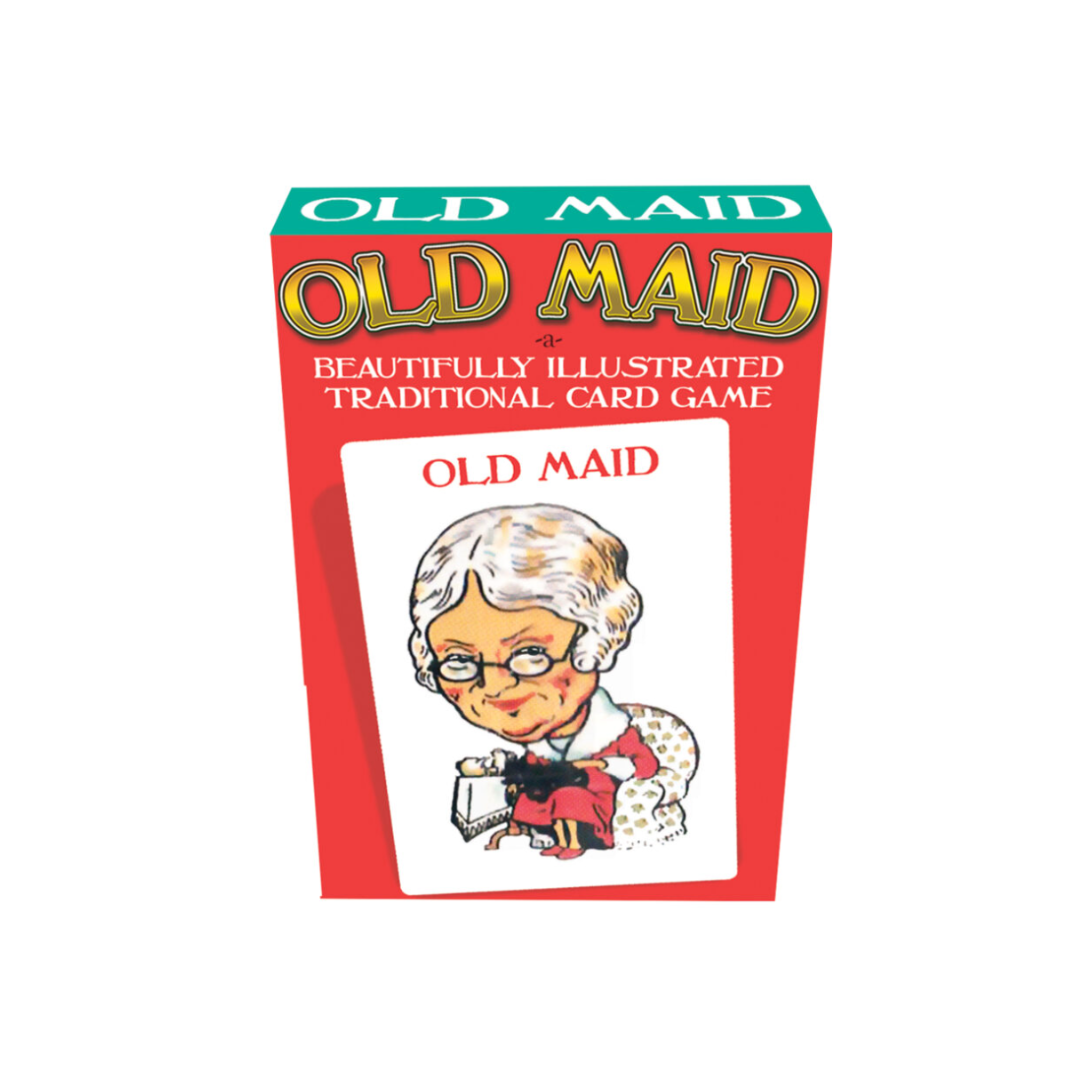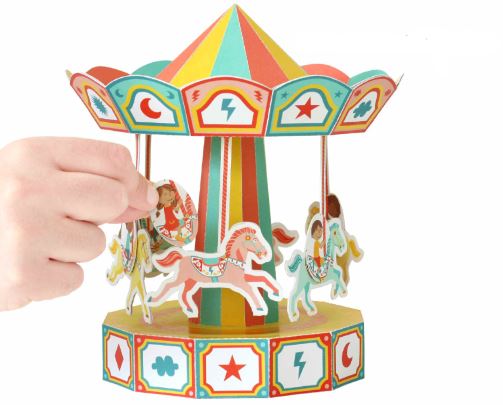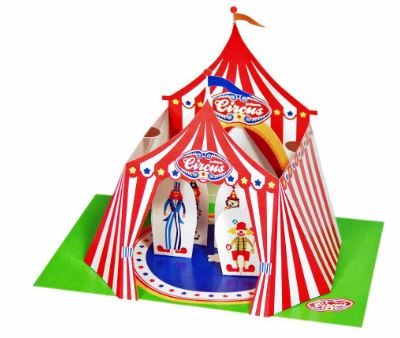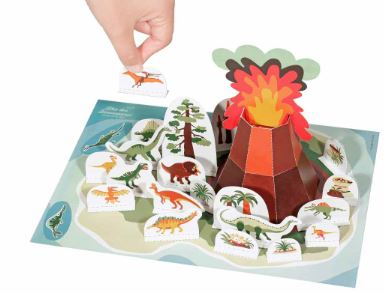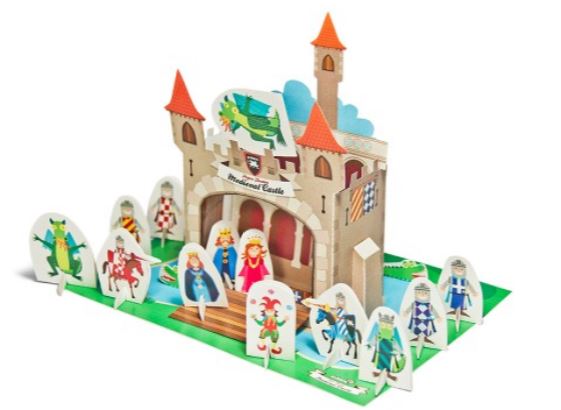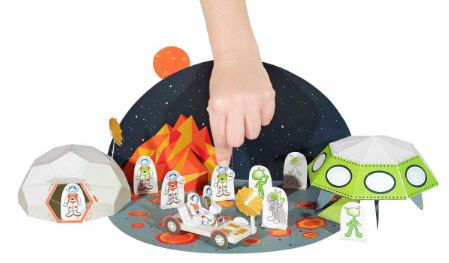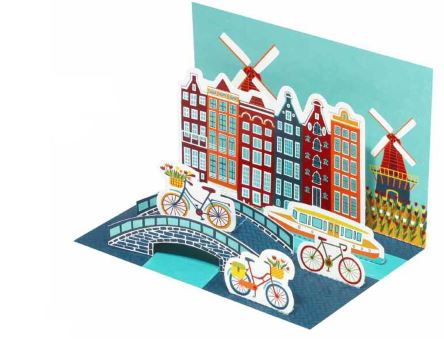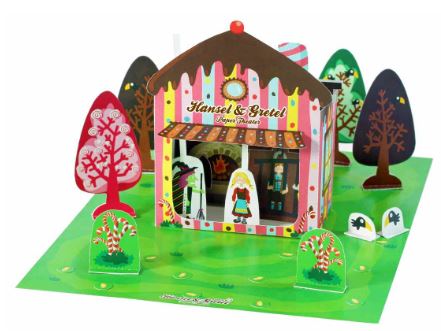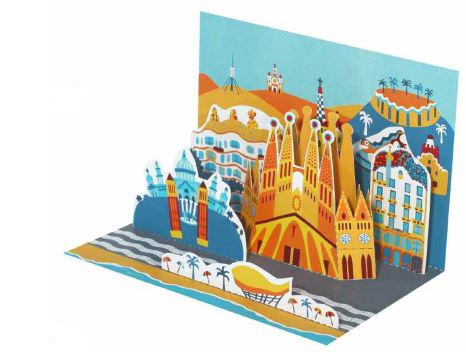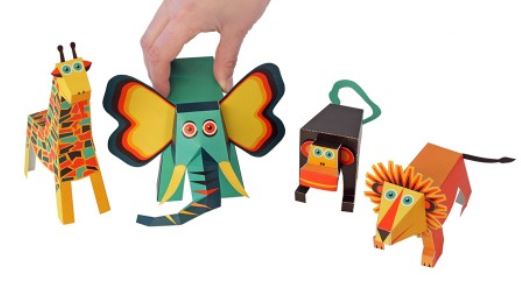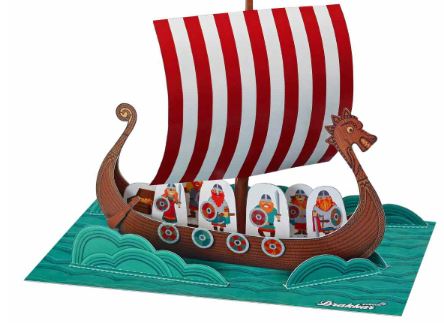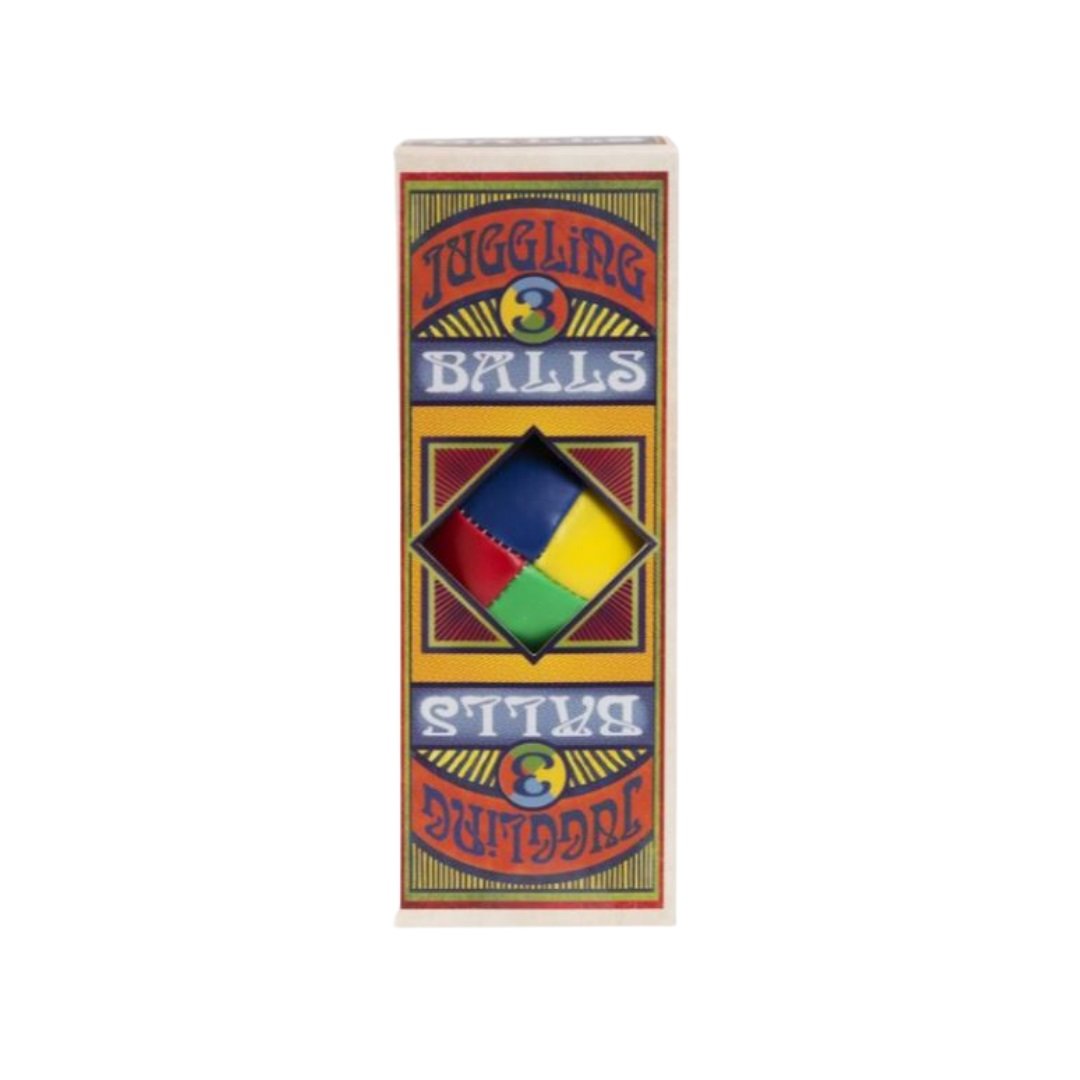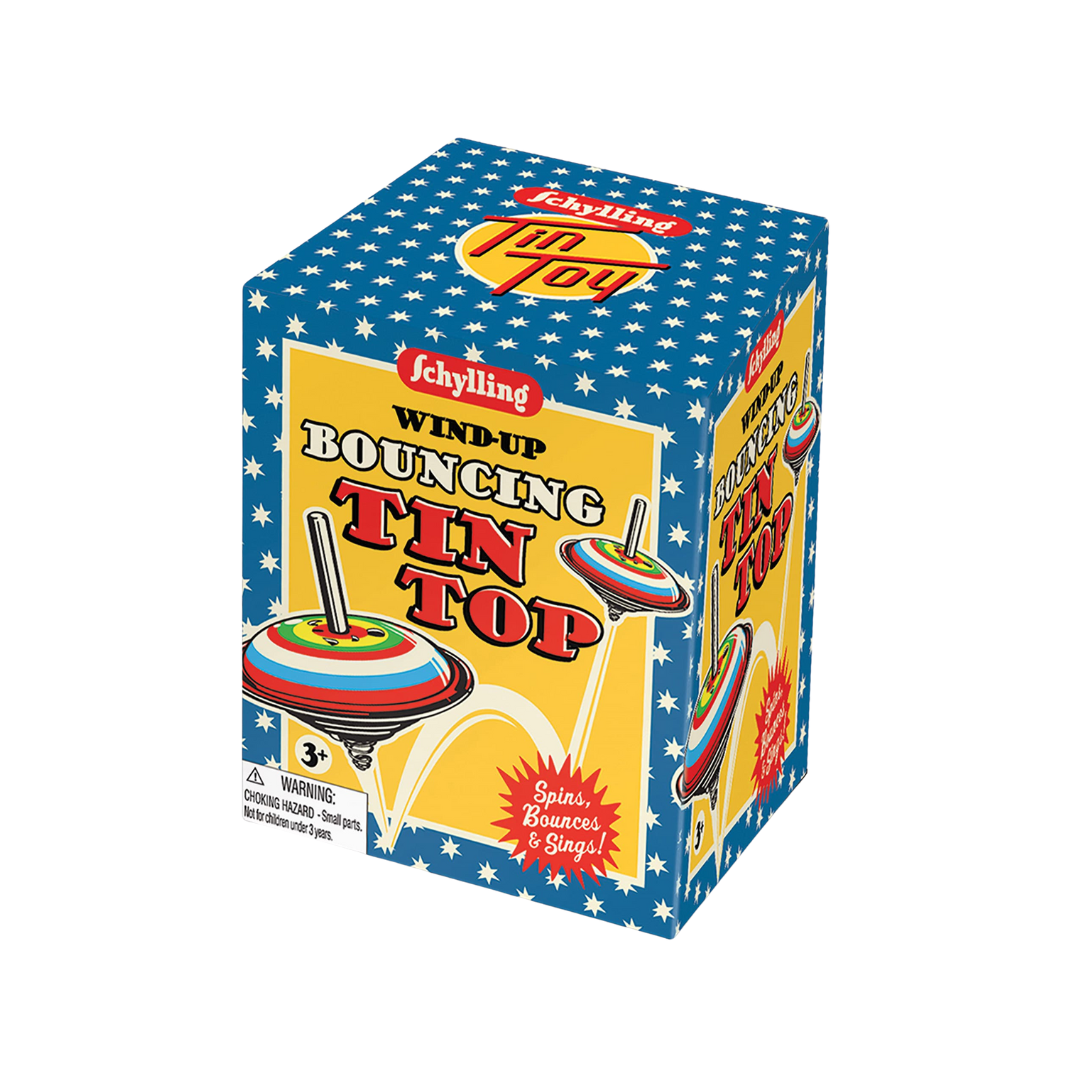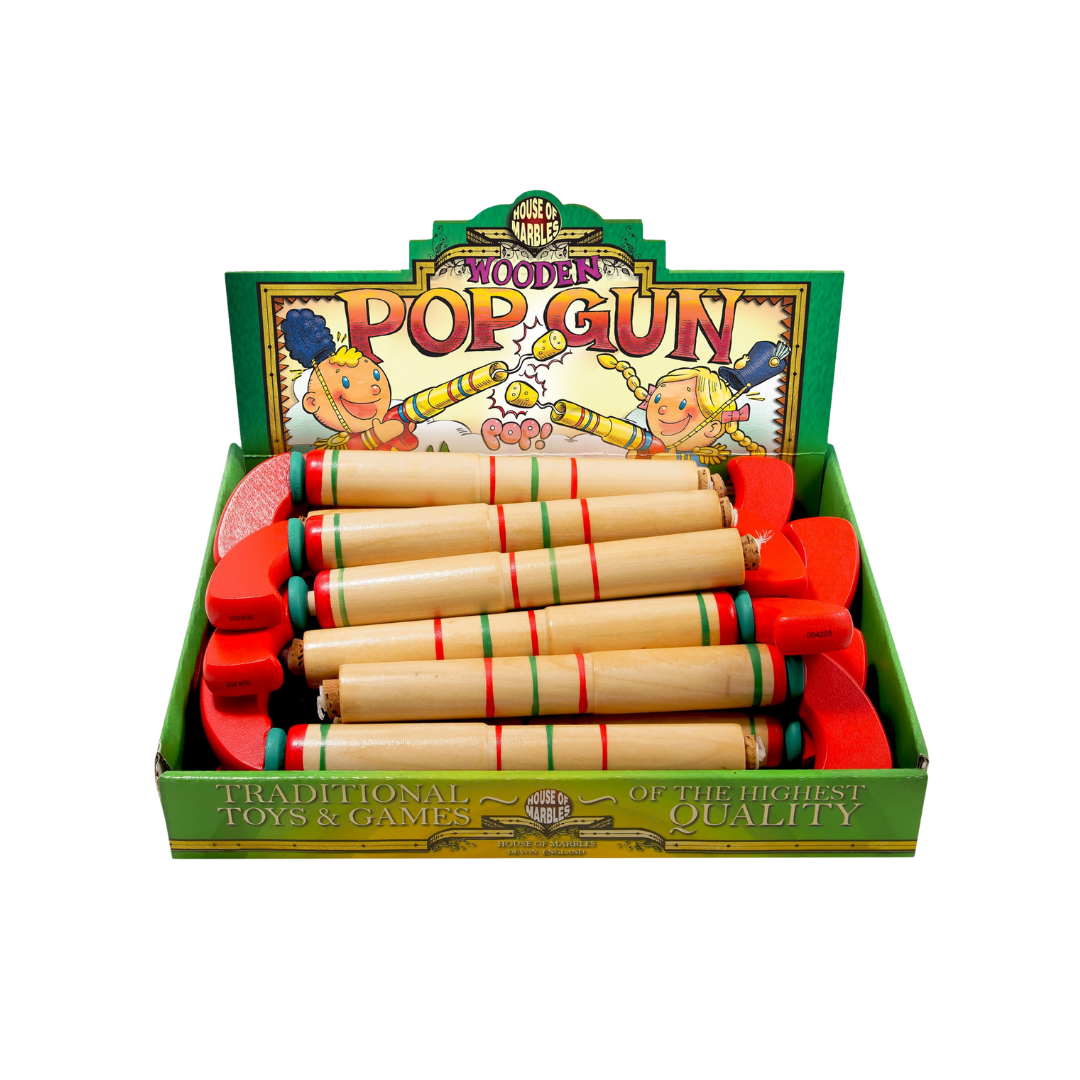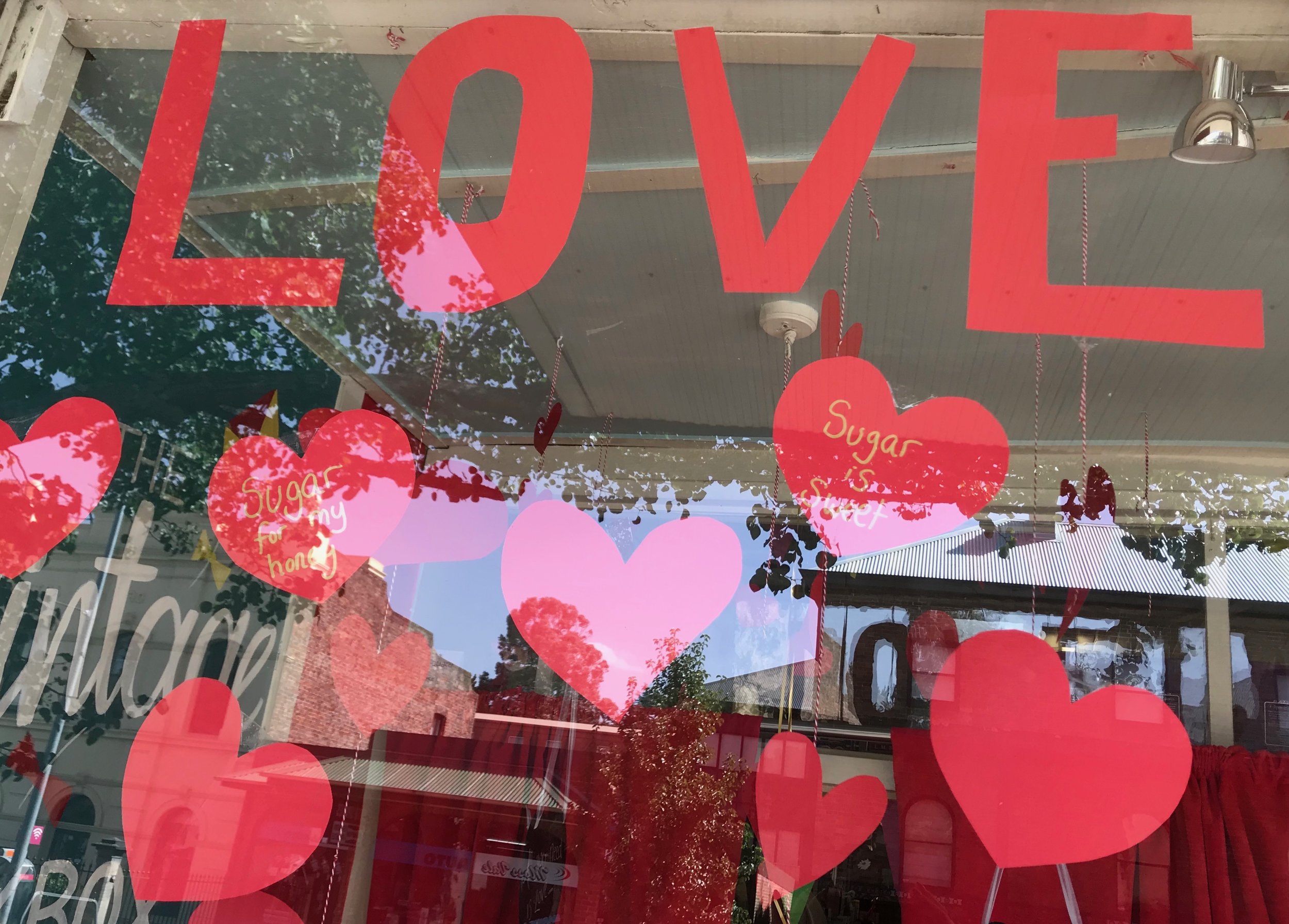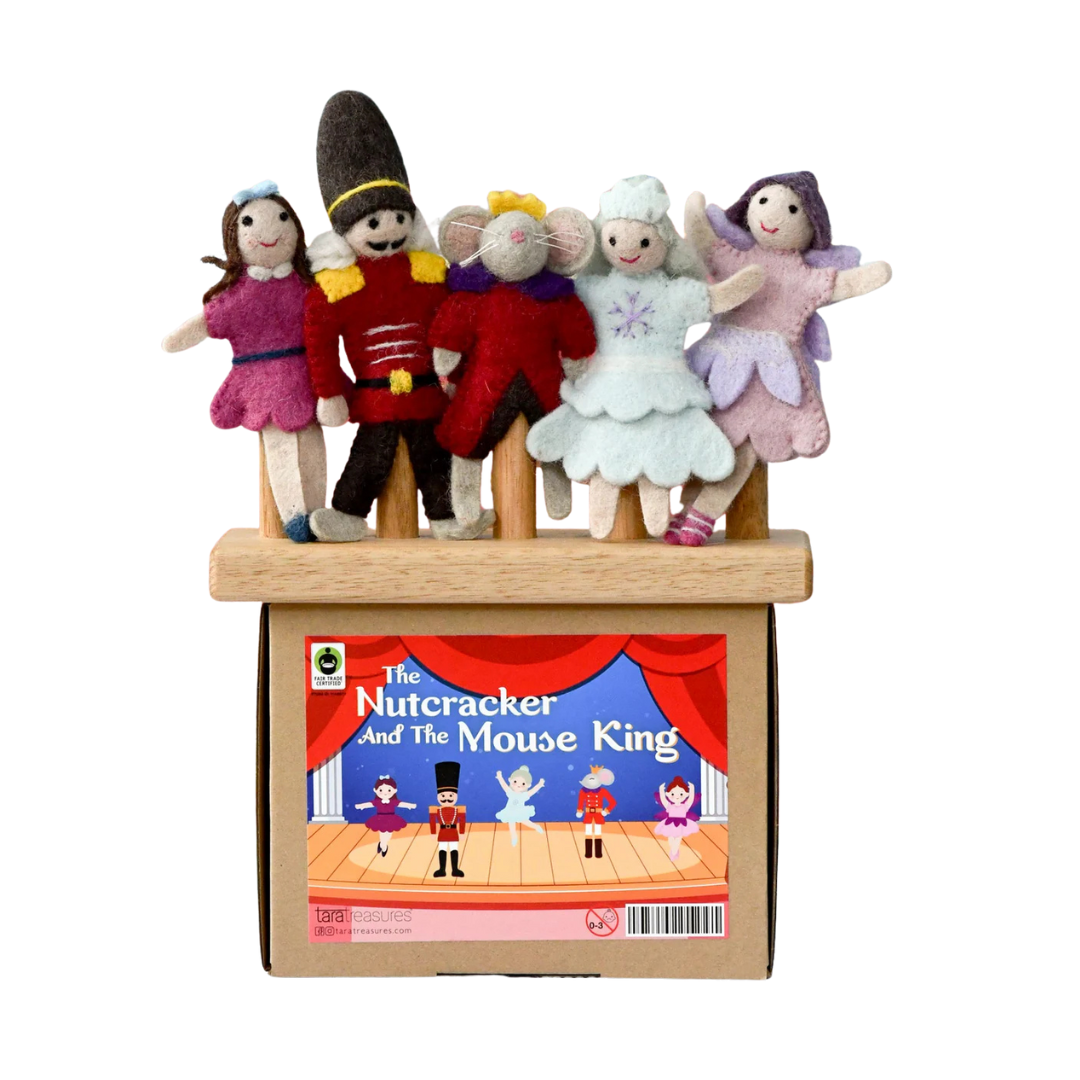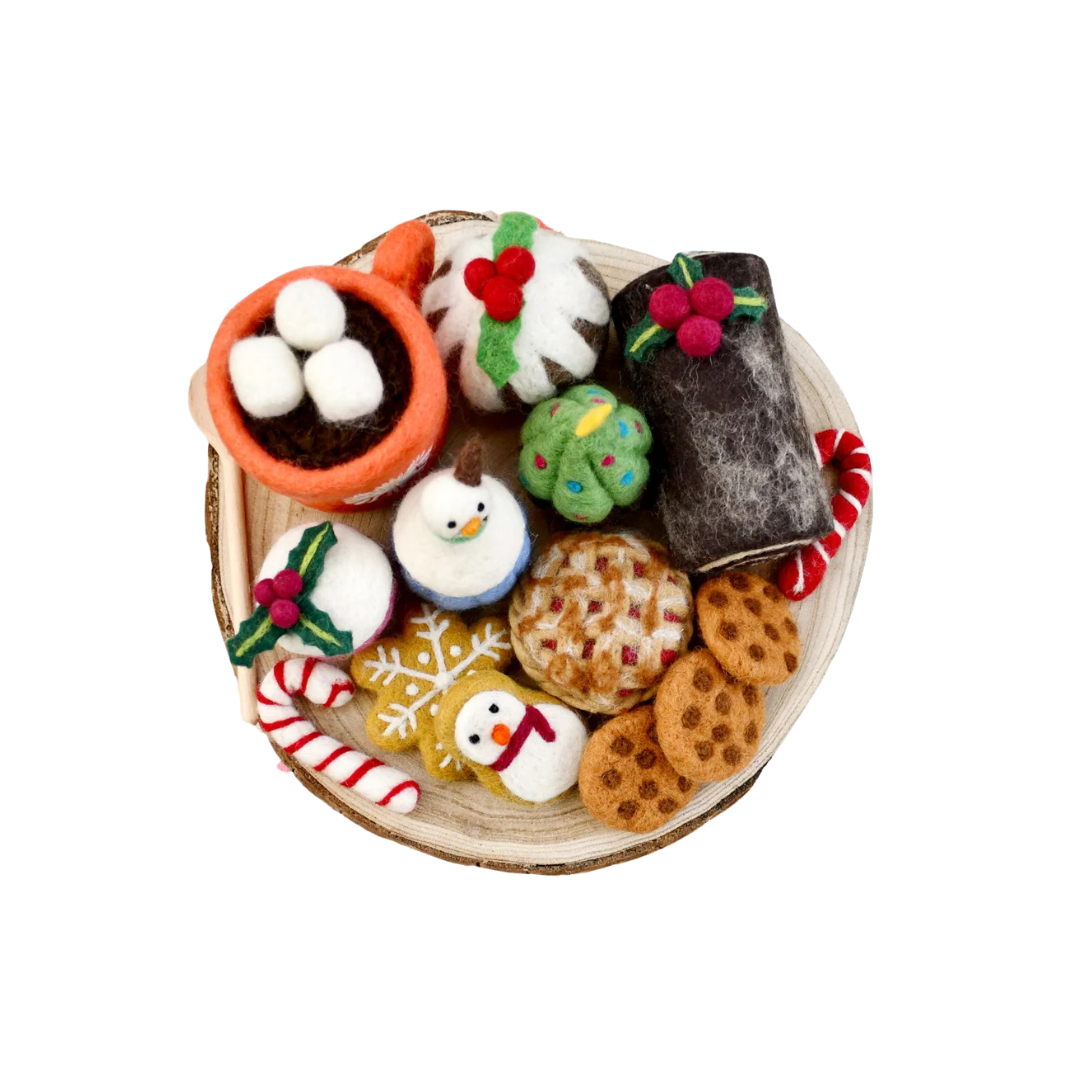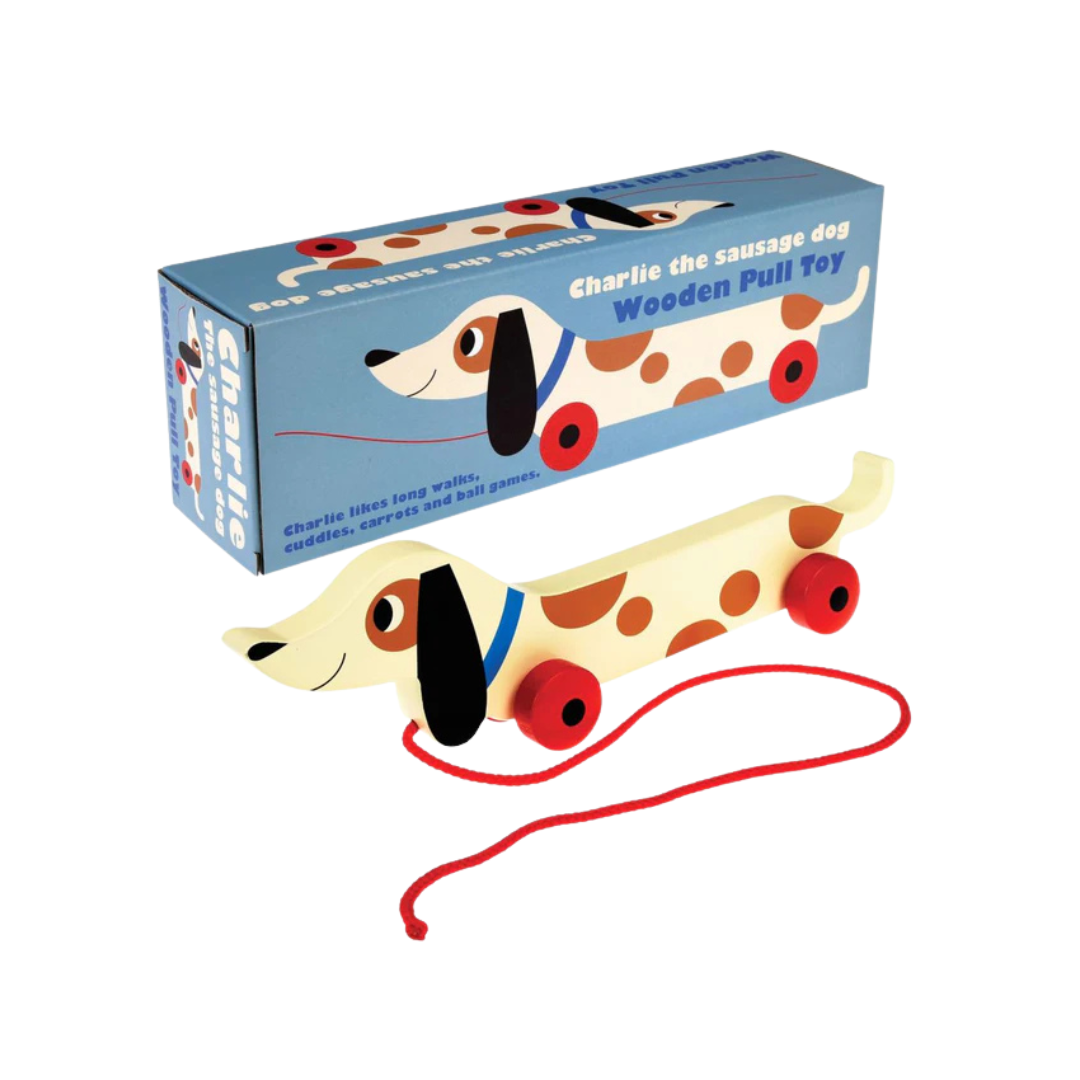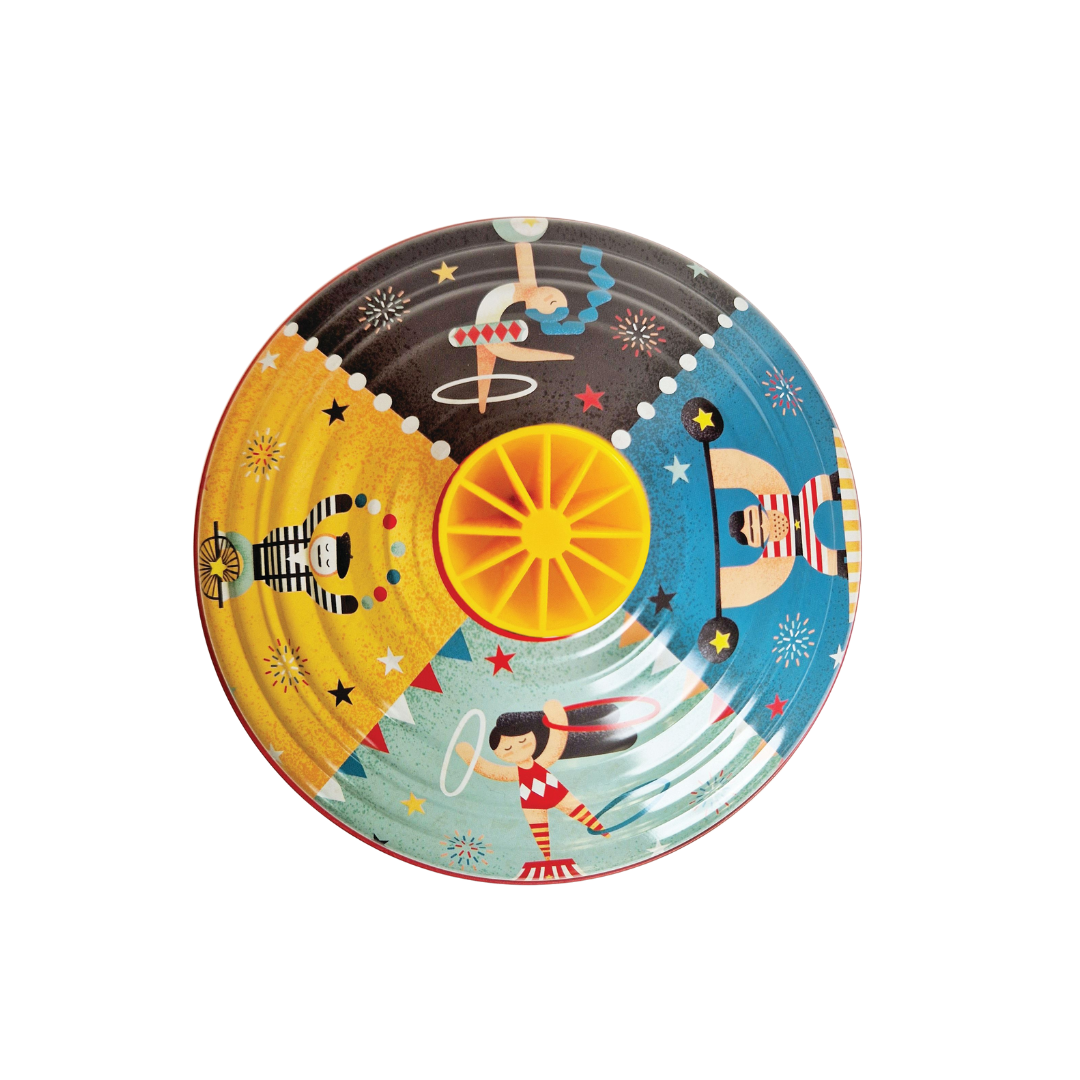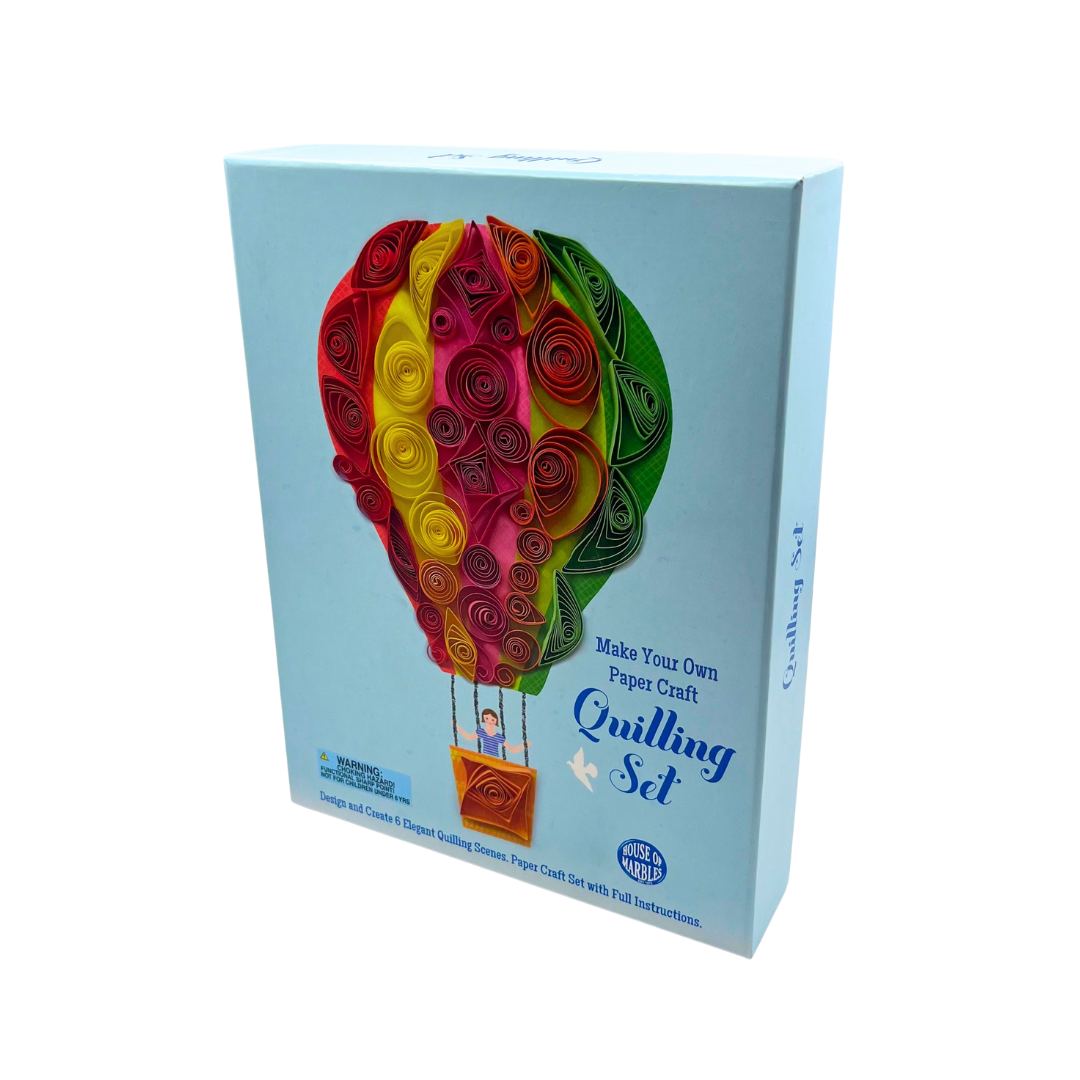Lollies Through Time
Now that we’ve also recently opened up a lolly shop in-store we thought we’d indulge our sweet tooth and take a look back at lollies through the ages, and learn a little about candy through time.
Now that we’ve also recently opened up a lolly shop in-store we thought we’d indulge our sweet tooth and take a look back at lollies through the ages, and learn a little more about candy through time.
Lollies can be traced all the way back to the ancient civilisations. In Egypt the Egyptians combined honey with various nuts and fruits and across the seas in Ancient Greece, China and Arabia they also used honey to bind fruits and flowers together.
Fun Fact: The word candy came from the Arabic word ‘Qandi’ which means ‘made of sugar’.
One of the oldest documentations of hard candy was Barley Sugar, made from Barley grain. Between the 6th and 4th centuries BCE the Greeks and Persians discovered a reed that grew in India that produced ‘honey without bees’. This marvel later became known as sugar cane. Pieces of sugar were produced by boiling the sugar cane juice. In ancient India this was called Khanda and dubbed the original candy.
Fun Fact: The word sugar derived from the Sanskrit word Sharkara.
Before the Industrial Revolution candy was actually considered as a form of medicine and was used to cool a sore throat or to calm the digestive system. Even earlier, during the Middle Ages candy was a combination of spices and sugar that were used to aid digestive issues and it was even available in tablet form.
Fun Fact: A very popular medicinal candy was called Chamber Spice and was made with ginger, cloves, juniper, berries, pine kernels, almonds and aniseed, all dipped in melted sugar to combine them all together.
In 1847 the invention of the candy press revolutionised the way candy was made, it made it possible to produce various shapes and sizes of candy all at once. Soon after in 1851 lolly makers began to use a revolving steam pan to assist in boiling the sugar which meant that confectioners did not have to stand over boiling sugar and continuously stir it, (and a few candy makers were saved from the boiling pot!).
Fun Fact: The lollipop was invented by a man named George Smith in 1908; he named it after his horse.
In the later 1800s lollies began to grow with more varieties being made. One of the first was Candy Corn followed closely by a butterscotch candy called Reed’s Rolls, Juicy Fruits, Tootsie Rolls and Peanut Brittle. Dum Dums lollipops were invented in 1924 with seven original flavours; lime, orange, lemon, coconut, pineapple, grape, butterscotch and cherry. They were called Dum Dums as the inventor said it was easy for children to say.!
Lollipops have been around long before Dum Dums came into the shops. They were being eaten in the Middle Ages as boiled sugar was eaten off sticks as it was a lot easier to consume. The famous Chuppa Chup lollipops were introduced in 1958 in a clear wrapper. It wasn’t until 10 years later that the iconic wrappers were brightly printed, swimming in colour.
Fun Fact: In 1950 Bobs Candy Canes were introduced to the shops and the brand was known as Cris Cringle.
The 1960s was a huge decade for lollies with Starburst Fruit Chews, sugar free gum, Razzles and Sweethearts hitting the market. The early 1970s saw the introduction of Laffy Taffy with a joke inside every wrapper.
How do you rock a baby alien to sleep? You rocket!
Why couldn’t the shoes go out to play? Because they were all tied up!
What room can no one enter? A mushroom!
These were just a few awesome jokes that were inside the Laffy Taffy wrappers.
Fun Fact: During 1958 the classic, fun, retro lolly was made on a string and it quickly became known as the Candy Necklace. However, the inventor and location still remain a mystery.
The ever so popular Pop Rocks were accidentally invented by a man named William Mitchell in 1975. He was a food scientist at General Foods, and he had a plan to make an instant soft drink. He put some sugar flavouring and mixed it with carbon dioxide and when he put them together the sensational lolly was born. It became extremely popular around the globe as it caused a mild ‘exploding’ sensation as soon as it is placed in your mouth and created the awesome crackling sound that people of all ages still love to hear.
Fun Fact: A confectioner named Leo Hirshfield named the Tootsie Roll after his daughter, her nickname was Tootsie.
School Holiday Fun | Upper Argyle Easter Hunt
Looking for something to do with the kids in the Southern Highlands this Easter long weekend? Why not take them on an Upper Argyle Easter Hunt in Moss Vale.
Looking for something to do with the kids in the Southern Highlands this Easter long weekend? Why not take them on an Upper Argyle Easter Hunt in Moss Vale.
Answer all of the clues in each participating business to be in with the chance to win a pack of Easter goodies!
Runs until SATURDAY APRIL 20th 2019. Entries must be received by 3:30 PM
Take the completed entry form to The Vintage Toy Box for marking by 3.30 pm on Saturday 20th April to be in with a chance of winning. All correct and complete entries will go into the draw to win an Easter pack crammed full of Easter goodies.
Children must be accompanied by a parent or guardian. Child and adult must be present at the time of draw to collect prize. Redraw will occur if winner drawn is not present. Employees and relatives of employees are not eligible to participate in draw. By participating in this draw you consent to your details being collected for marketing purposes by each of the participating businesses. In winning the draw you consent to your photo being used in our marketing material.
Drawn Easter Saturday 20th April at 4.15 pm at the Taphouse.
#UpperArgyle
Download an entry form or pick up in-store from Friday 12th April 2019.
Our Toy Makers | Ephy's Craft | Soft toys | Crochet Toys | Knitted Toys | Amigurumi Toys
This week we meet one of Our Makers, and introduce you to the fabulous toy maker Ephy’s Kraft.
In a nutshell, tell us about your business
Ephy’s Kraft came about as a result of my love for crocheting. I particularly love to crochet miniature animal-like figures, mostly in the Amigurumi style (Japanese art of knitting or crocheting small, stuffed yarn creatures).
Tell us a bit about you
We moved to the Highlands about three years ago. Having visited on many occasions in the past 20 years we decided to escape Sydney to a more attractive rural area. My working background was 10 years working in After School Care. Prior to this I worked in IT at Qantas, and before this I was an industrial chemist. Such a wide range of careers, culminating in Ephy’s Kraft!
What inspired you to set up your business?
I was taught crochet by my mother (some pieces of hers decorate our home) and then I took it up again later in life as a hobby. I was drawn to the Amigurumi style as it deals mainly with animal-like figures created as separate pieces sewn together to make the whole.
I liked the idea of having my work sitting in other homes and found Highlands Handmade in Moss Vale (originally set up by Angus McKinnon) through local chatter. Highlands Handmade gave me the opportunity to showcase my creations, and send them off to loving homes.
When the Highlands Handmade shop closed down and The Vintage Toy Box reached out to toy and card makers to give us the opportunity to sell our creations in the toy shop and continue the Highlands Handmade concept, I jumped at the chance.
What do you make?
Predominantly, on the smaller scale, animal-like figures. I usually add clothing or facial expressions to give them an individual personality … and after talking to them, Charles, my husband gives them a name!
How do you make them?
I crochet separate elements using cotton and soft-fill stuffing, which I then sew together to create wonderful animal-like creatures and characters.
Describe your artistic style
I create using the Amigurumi pattern and then add my own ideas to enhance their characteristics and give them their own personality.
What do you love about your business?
I gain immense satisfaction once each animal-like figure comes together from the individual pieces. After chatting with each animal, they acquire their own character and personality. It’s such a joy to see them eventually relocate to another loving home.
Where would you like to see your products?
Initially in a shop like The Vintage Toy Box that sells similar products that appeal to children and adults alike.
Favourite toy as a child and why?
Back in the day there was a table-tennis shaped bat with a small rubber ball attached by an elastic… it was known as a ‘ding-bat’ and it became my favourite as I didn’t have to run and fetch the ball! The elastic attachment ensured my lack of eye-hand coordination didn’t come into play, unlike my many failures with other ball games.
Only later in life did I appreciate the frustration this inability could inflict upon someone else when my husband Charles thought tennis was a good idea, albeit for a very short time. Soon he also gave up on me throwing him any object after said objects inevitably ended up anywhere else but with him… you did ask!
To check out some of Ephy’s wonderful creations, and to learn more about her (and them!), drop into The Vintage Toy Box or check out her Facebook page: www.facebook.com/EphysKraft.
We can guarantee that Ephy’s handmade (with love) toys will fill you with joy!
P.S. Just for the record, we also sell the bat and balls (Ding Bats) that Ephy remembers so well. The Vintage Toy Box. x
Classic Games | Marbles
Everybody knows of the classic game of marbles, and it is just as popular now as it has been over the decades.
Everybody knows of the classic game of marbles, and it is just as popular now as it has been over the decades. Marble crazes continuously grip schools across Australia, the UK, America and no doubt the rest of the world!
Marbles are small spherical toys most commonly now made from glass, but started their early days being made from clay. They were referred to as ‘little balls with which schoolboys played’ as early as the 15th century, and let’s face it, not much has changed!
There are many variations of the marble game, but the most classic game is where you need to knock your smaller marbles (ducks) out of the ring with your larger shooter marble by flicking it with your thumb (the knuckledown slingshot) without fudging or fouling the shot. If you manage to knock any marbles out of the ring, keep the marbles and add them to your pile. The winner at the end of the game is the one that has the most marbles. Players can either play for keeps (keepsies), or for fair (everyone gets their own marbles back). Players also have the option to call quitsies at any point during the game without consequence, effectively calling a halt to the game.
The large marble is known by many names, but some of the most common that we’ve heard of are:
Shooter | boulder | smasher | bowler | toebreaker | masher | bonker
In the North of England (where we grew up) the game and marbles were called ‘Taws’ and the larger Taws were called bottle washers. They were called this after the marble found in the codd-necked bottles that were used to hold carbonated drinks. The bottle was opened after use and the marble was collected to play with. Across the world Taw still refers to the name of the person taking the shot. We still have our taws from when we were a kid!
Marbles were often written about in Ancient Roman literature and archaeologists often find small round balls made of stone all over the world. Marbles are thought to originate from India as far back as 3300–1300 BCE , although it wasn’t until 1923 that the first set of rules were written by a ‘committee of playground and recreational experts’. (How we would love to have such an aptly named committee in our shop …. although we think the ore apt and modern day equivalent is kid toy testers!).
Fun Fact: Marbles arrived in Britain after being imported during the medieval era.
A German Glass Blower had a great idea for an invention called marble scissors which came onto the scene in 1846 that would revolutionise the making of glass marbles. The first mass-produced marbles were manufactured in Germany in the 1890s.
Fun Fact: Marbles were inducted into the Toy Hall of Fame in 1998.
Marbles is such a wonderfully classic game that there are still marble championships held across the world for those that like playing marbles - taking the game to the extreme. The British and World Marbles Championships are held in West Sussex, England every year. This event started in 1932 and has been held every year since. Britain however isn’t the only country with a Marble Championship event, Australia has the Australian Marbles Championships too which is held every year at various locations around Australia, playing their very own Brunswick Heads Rules.
Marble collecting is also a serious businesses among avid hobby enthusiasts, with people collecting low budget machine made marbles costing just a few cents, up to the rarer, more collectible antique handmade marbles worth thousands of dollars. Who would have thought that marble fraud was such a lucrative business, with unscrupulous tricksters imitating the most attractive mineral and agate or onionskin marbles and antique packaging. Thankfully marble experts have put together marble identification guides to help us get started with our marble identification and work our way through our Akro Agates or Peltier Glass collections. If all else fails however, we can always visit one of the many marble fairs to get them valued by one of the many Marble King marble experts there are in the world!
Classic Toys | Pedal Cars
Throughout the generations pedal cars have been extremely popular and a firm favourite among children of all ages.
Throughout the generations pedal cars have been extremely popular and a firm favourite among children of all ages.
We had one when we were younger and one of our most treasured memories was peddling our little sister around as she smiled in the tiny passenger seat of our shiny blue pedal car. We felt so grown up driving around like Mum and Dad.
Generations before us have had similar experiences and memories of pedal cars, as nearly every child either owned one or knew someone that did. Pedal cars go all the way back to the 1890s, when the automobile made its way to the streets. The pedal car soon followed.
Just like automobiles, the pedal car was only for the wealthy families of the time, but it was still on every child’s wish list. As the Great Depression loomed most families who could not afford the shiny metal pedal car made their own, and so was born the billy cart, usually made out of wood and other household materials, and they had just as much fun!
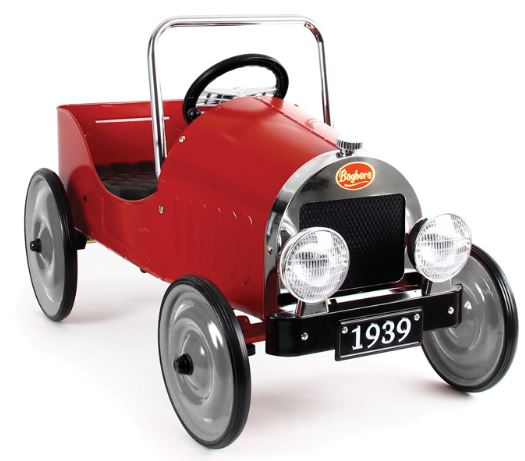
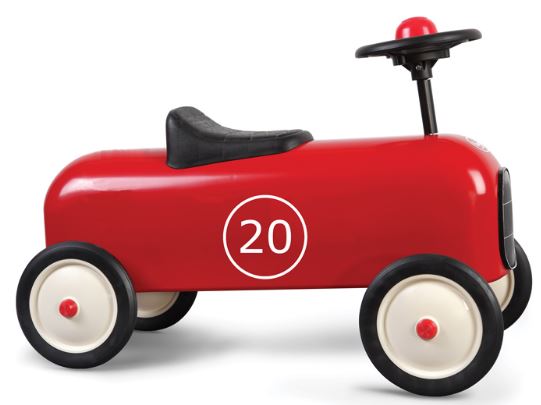
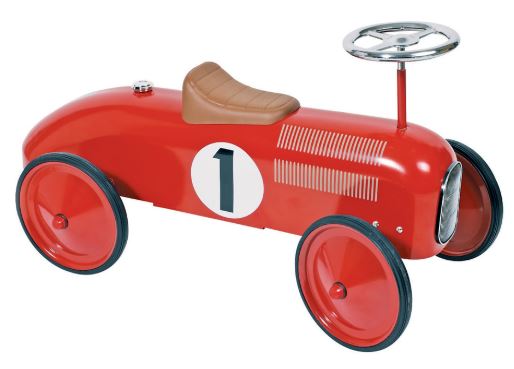
Fun Fact – Like many toys during the war, pedal cars stopped being produced as the metal was directed to the supplies for the war.
The post-war prosperity brought a new automobile to every driveway. Lots of children wanted a shiny metal pedal car to match their parents. Garton Kidillac deluxe cars from the Garton Toy Company, included a battery powered head and tail lights and were advertised in toy catalogues for $36.95 in 1954. In the same catalogue, $11.98 would get you a pedal and rod driven Murray Champion Sports Car.
Fun Fact – During the late 1930s some pedal cars made by U.R. Lines Bro’s were decked out with real Dunlop tyres, including a spare.
The pedal cars were not cheap to make as they had lavish details and the steel was typically enameled to ensure the rich and vibrant colours. In some models the pedals were even adjustable with movable windshields and rag-tops to ensure a more comfortable ride for the little racers. Models ranged from economy to luxury, just like their parent’s cars.
Fun Fact – The Garton Kidillac was even given away by car salesmen as a sweetener to buyers of the new Cadillac.
After the huge success and popularity that pedal cars attracted, companies started to manufacture pedal planes, trucks, trains and tricycles.
The 1970s saw plastic pedal cars being parked in driveways as new safety standards for metal cars were introduced, sadly leading to the end of the manufacture of ride-on metal cars.
When the company Murray stopped manufacturing pedal cars they moved onto the next big thing – the power lawn mower.
Fun Fact – The Australian Government released a stamp with a red Cyclops pedal car from 1953 as they were so popular here in Australia.
Pedal cars are still very popular today but sadly in today’s ‘throw – away society’ they’re now mostly made of plastic and mass produced. Tin pedal cars are still sought after however as a special big-ticket item or a collector’s item. They remain a classic with the same stylish appeal that they had many years ago but they’re now much harder to come by.
Here at The Vintage Toy Box we have a beautiful line of vintage inspired tin pedal cars in-store so you can relive memories of your past and allow your children to experience the hours of fun you had as a child.
Our Toy Makers | Pukaca | Paper Toys and Craft Kits
This week we meet one of Our Makers, and introduce you to the fabulous paper toy makers Pukaca.
In a nutshell, tell us about your business
PUKACA is a company committed to the design and manufacture of unique paper toys and paper products that are made for children, designed by us thinking as children. We are based in Portugal and have a wonderful worldwide following, including The Vintage Toy Box in Australia.
Tell us a bit about you
We are two designers, Isabel Vaz & Nuno Dias and we founded PUKACA in 2005. We met at University and straight away we started working together after discovering that Isabel loves to draw small creatures and Nuno loves to make them come alive.
Some years later we decided to create our own brand - PUKACA - and we began to put our ideas into practice.
What inspired you to set up your business?
We’re always delighted by the traditional tales, the Brother’s Grimm Fairy Tales, the La Fontaine Fables, medieval stories, the natural world and all other worlds that belong in a child’s imagination.
What do you make?
The main products in our range are paper toys. We also make Alphabet & Numbers Posters and 3D Paper Postcards - all made with 100% recycled paper.
How do you make them?
We start the design of all of our paper toys by drawing out the ideas that we would like to see built.
After choosing the design we like the most, we start building it by hand – it’s an old school method that makes our paper toys so unique. We build countless prototypes - all by hand - until we reach the final toy.
Depending on the product, the illustration will be made by hand or in a computer and then applied to the final design already vectorized.
After that, the final product and packaging is printed, all in our own facilities, and we make the final assembly, always by hand.
Let’s just say that from the initial idea to the final product there are countless prototypes and hours of hard (fun!) work.
Describe your artistic style
Simple and straight lines, colorful and playful.
What do you love about your business?
In a world full of technology, our paper toys bring back the pleasure of constructing your own toys.
Our toys are meant to be built using the hands, increasing manual dexterity and spatial perception. We believe that constructing and playing with our toys allows families and generations to interact together, share experiences and create lasting memories.
It’s that need to see things take shape, to create, to learn and to play.
Our toys aim to enhance in the child, or in anyone who handles them, an active and creative intervention. We believe in the principle that difference enriches us. It’s important to have toys that raise creativity, provide new experiences, highlight the human individuality and allow interactivity with others.
Where would you like to see your products?
Over the last few years we’ve sent our products to the five continents on the planet. We like to say that we love to see our products wherever there’s children or people that want to play with them.
Favourite toy as a child and why?
Isabel loved her bicycle and to cycle around the neighborhood with her friends. She loved to go to a nearby farm and to climb trees.
Sara loved to construct her own toys with pieces from other ones.
Nuno loved building blocks that allowed him to create fantastic places to play, transforming rooms into play grounds.
To check out some of Pukaca’s fabulous range, and to learn more about them, drop into The Vintage Toy Box. We can guarantee their paper toys will make you smile!
Our Makers - PoppyLane Decor and Designs | Nursery Decor and Children's Room Decor
This week we meet one of Our Makers, and introduce you to PoppyLane Decor and Designs.
In a nutshell, tell us about your business
PoppyLane decor & designs is a small, local business that produces one of a kind and custom made mobiles to suit any space, age and theme. We specialise in falling flower mobiles.
These beautiful statement pieces are hand crafted and have a subtle elegance and beauty that can create a relaxing space for little minds and adults alike.
PoppyLane decor and designs also creates child and adult size head bands, flower crowns and halos for all occasions; all of which can be custom made.
Tell us a bit about you
I am a Southern Highlands mum of a beautiful little girl, and I love to create.
I created my first piece when setting up our nursery, awaiting the arrival of our daughter. After her birth I decided to continue expressing my creativity in the hope that others would love my pieces as much as I do.
When I’m not looking after our daughter I am helping other young minds develop through my position in a local child care centre.
What inspired you to set up your business?
The love I have for creating these beautiful pieces was enough to get the ball rolling, whilst also allowing me to spend more time with my daughter.
What do you make?
Custom mobiles, wall hangings, headbands, flower crowns and anything else a customer may have a vision for. I will give everything a go and love creating custom designs and one-off pieces.
How do you make them?
By sourcing quality materials and using my interest in design to piece together the perfect combinations.
What do you love about your business?
That there are no restrictions - I create because I love to. I get to work with others to create their visions and help them come alive. I love to see joy on little faces as they wear their crowns or hang their mobiles.
Where would you like to see your products?
In beautiful spaces created by those that have chosen one of my designs to be their statement piece.
Favourite toy as a child and why?
My teddy. His name was Bundy. Who would have thought a little girl could love a bear so much. He is proudly still around today for my daughter to enjoy and love, just as much as I did.
To see some of PoppyLane Decor and Design’s beautiful hand crafted mobiles, and to learn more about them, drop into The Vintage Toy Box, as they look even more gorgeous in real life.
Valentine’s Day
With Valentine's Day just around the corner, we take a brief look at the history of the day, and give you some love inspiration.
With Valentine's Day just around the corner, we take a brief look at the history of the day, and give you some love inspiration.
Valentine's Day, also called Saint Valentine's Day or the Feast of Saint Valentine, is celebrated annually on February 14 and honors romance, love, and matters of the heart.
There is a bit of controversy about how Valentine’s Day first came about but the theory that we like the most comes from Ancient Roman times. It is thought to be linked to a Roman Festival in which young boys and girls would pulled names out of a bowl to see who they would spend the rest of the festival with. Some pairings even got married.
Fun Fact: The red rose was the favourite flower of Venus, Cupids Mother and the Goddess of Love.
There was once a boy named Cupid, he was the son of Venus, the Roman Goddess of Love. Cupid is usually associated with Valentine’s Day as the mischievous boy who went around sending arrows through the air, making people fall in love.
Fun Fact: King Henry VII officially declared February 14th the holiday of Saint Valentine in 1537.
The most popular gifts around the world that are given to celebrate the ‘modern day’ Valentine’s Day are chocolates and flowers. As the years have passed however people are getting more creative and branching out from the expected chocolates and flowers.
If you’re looking for a unique gift, something that is a little different or something that will last long after the flowers have wilted and the chocolates have melted, come down to The Vintage Toy Box where we have loads of unique and quirky gifts for your loved one.
Sometimes the sweetest gift to give is one that brings back memories and gifts that you can have fun with.
Have a romantic night in doing a vintage style puzzle together or playing classic games. We’ve got lots of games designed for two.
Have a little fun and friendly competition with our Spud and Bubble Guns.
Bake some cupcakes and decorate them in our ‘love’ themed cupcake sets.
Whatever you may be after for your special someone – come down and see us as we’re more than happy to help you pick out a perfect gift.
Classic Toys | Step Back in Time | Toys From The 1960s
The 1960s, also known as the Swinging Sixties was a decade of fun, due to the relaxation of the taboos and constraints of previous years,.
The 1960s, also known as the Swinging Sixties was a decade of fun, due to the relaxation of the taboos and constraints of previous years, especially those relating to Sex and drugs and rock and roll.
After experiencing sluggish economic growth in the 1950s, as the after effect of Word War 2, the U.S.A experienced a massive 1960s boom with the economy which rippled around the globe. People born in the early 1960’s are commonly referred to as Baby Boomers due to this economic upturn.
Fun Fact: ‘Baby Boomers’ aren’t just from the early 1960’s like many people believe. The baby boom actually started when husbands and men returned from the war in 1945, leading to a high number of babies being born the following year.
The sixties was known for its peaceful demonstrations of peace and love and the creation of the Hippie sub-culture. One of the biggest demonstrations of mass-love was Woodstock, a three day music festival held on a dairy farm north of New York City in August 1969 which attracted more than 400,000 people spreading love and peace. Rolling Stone magazine listed Woodstock as one of the top 50 moments that changed the history of Rock ‘n’ Roll and was forever immortilised as the summer of love.
The Space Race also dominated the 1960s with the USSR and the USA competing against each other in the realms of space exploration. On the 20th July 1969 Apollo 11 landed on the moon after leaving earth 4 days earlier. Neil Armstrong, Michael Collins and Buzz Aldrin had fulfilled President John F Kennedy’s goal of reaching the moon before the 1960s came to a close, even though President John F Kennedy himself was assassinated on the 22nd November 1963 in Dallas, Texas.
Fun Fact: The real winners of the space race were said to be the USSR when they launched the first artificial satellite Sputnik 1 back in 1957.
Muscle cars with huge engines and loud exhausts became extremely popular in the 1960s. In Australia, these muscle cars needed to blow off steam somewhere – so in 1963, the Bathurst 1000, also known as The Great Race was introduced. It was a completely different race to the souped up race we see today with only minor modifications being made to the engines.
Fun Fact: No special harnesses or seatbelts were installed in the cars; they raced in the standard seats that were manufactured with the car. Most racers encountered fabric burns and rashes as they slid around the seat racing around Mount Panorama.
The cars and rules have changed dramatically at Bathurst over the past 50 years but that doesn’t stop hundreds of thousands of people camping out on Mount Panorama for the 4 day event (the city of Bathurst expands its population by 4 times over the duration of the event) with many more tuning in on their TV’s every year to witness who will be the next King of the Mountain.
Once again music was a huge part of the everyday life of most people during the 1960s and in 1964 the cultural phenomenon of the British invasion of music began as The Beatles flew into America. The Beatles were at the forefront of the invasion alongside The Rolling Stones, The Kinks and Herman’s Hermits.
At the start of the decade music changed when the huge ‘Rock ‘n’ Roll’ movement came to an abrupt end and novelty pop songs and Motown groups climbed up the music charts. Surf Rock or California Sound also emerged during the early 60s, where the music was based on beach and surf. The Beatles’ rival band, The Beach Boys dominated the surf rock scene after starting out as a garage band, they gained popularity as they made their way up the charts. Their popular songs Good Vibrations and Surfin’ USA among many others are still enjoyed around the world today.
Classic Toys | Rubik’s Cube
If you search for “The most popular toy in history” you will most definitely see mention of the Rubik’s cube.
Invented in 1974 by 30 year old Hungarian professor of Architecture and sculpture, Erno Rubik, the ever popular puzzle has been an all time classic for decades, stumping puzzlers young and old with its magical logic.
If you search for the most popular toy in history you will most definitely see mention of the classic Rubik’s Cube.
The six sided puzzle is made up of 26 plastic mini cubes often referred to as ‘cubies’ or ‘cubelets’ which all interlock in a way that prevents them being pulled apart. The object of the Rubik’s Cube is to solve the puzzle by lining up each side of the cube with the different colours.
Invented in 1974 by a 30 year old Hungarian professor of architecture and sculpture, Erno Rubik, the ever popular puzzle has been an all time classic for decades, stumping puzzlers young and old with its magical logic.
The Rubik’s Cube was was never meant to be a toy though. The inventor had the idea of constructing a handheld puzzle with the original intention being to help people understand three dimensional Geometry. The invention proved so curious however that it soon took the world by storm!
Erno Rubik got the patent for his creation in 1975 and paired with another Hungarian toy maker, they soon set the world on fire with this amazing toy, selling over 350 million cubes in the past 40 years.
Fun Fact: The original name for the Rubik’s Cube was the ‘Magic Cube’. It was renamed in 1980 to ‘Rubik’s Cube’, after the inventor as it was bizarrely felt that ‘Magic Cube’ invoked ideas about witchcraft.
The very first prototypes of the cube were made out of wooden blocks and paperclips, with the first test batches of a plastic cubes first being released into a toy shop in Budapest in 1977.
In 1980 the Rubik’s Cube won its first ‘Game of the Year’ award, with a staggering 200 million cubes being sold worldwide during the period 1980 – 1983. The Rubik’s Cube then went on to win ‘Toy of the Year’ two years in a row in 1980 and 1981, with ‘New Scientist’ magazine famously noting in 1981 that the Rubik’s Cube had:
‘Captivated the attention of children ages 7 – 70 all over the world this summer’.
Fun Fact: It took Erno Rubik over a month to finish his own puzzle!
The Rubik’s Cube craze kept growing and in 1981 the Rubik’s Cube was featured on the front cover of Scientific American, as an awe-inspiring advancement in science and technology. In the same year the first ever Super Cubing Championship was held by the Guinness Book of Records in Munich, for cubers to complete the puzzle in the quickest time possible. Jury Froeschl set the record for completing the cube in an amazing record time of 38 seconds!
That record was fabulously broken one year later by a Vietnamese student who set the record at 22.95 seconds. The current world record is an amazing 4.90 seconds held by a 14 year old boy since 2015. There is even a three year old from China who solved it in less than two minutes! Wow!!
Over the years the competitions have evolved to include variations such as solving the cube one handed, blindfolded, underwater, in a single breath and even using ones feet (that record stands at 20.57 seconds)! To this day however, no human has ever been able to beat a robot in completing this puzzle.
Fun Fact: Three of the top ten bestselling books of 1981 were books based on the Rubik’s Cube with the number one bestseller being, ‘The Simple Solution to Rubik’s Cube’, which sold a whopping six million copies.
During the 1980’s and 1990’s the Rubik’s Cube was still being marketed and sold but sales decreased. It wasn’t until the early 2000’s that sales began to soar again as retro toys became popular once again, with sales doubling between 2001 and 2003. In 2003 the first Rubik’s Cube Championships were held since 1982 with an astounding 83 participants.
Fun Fact: Less than 5.8% of the whole world’s population can solve the Rubik’s Cube.
2006 saw another rise in sales when Will Smith was shown solving the Rubik’s Cube in the popular movie The Pursuit of Happiness. The cube has also appeared in a number of other movies such as Despicable Me 3, Tron Legacy, Dude Where’s My Car, Armageddon, The Amazing Spiderman, Wall-E and Snowden. You can also catch a glimpse of the cube in the popular TV shows The Big Bang Theory, South Park and The Simpsons.
Fun Fact: The Rubik’s Cube has 43 quintillion possible configurations (that’s a million raised to the power of five!)


